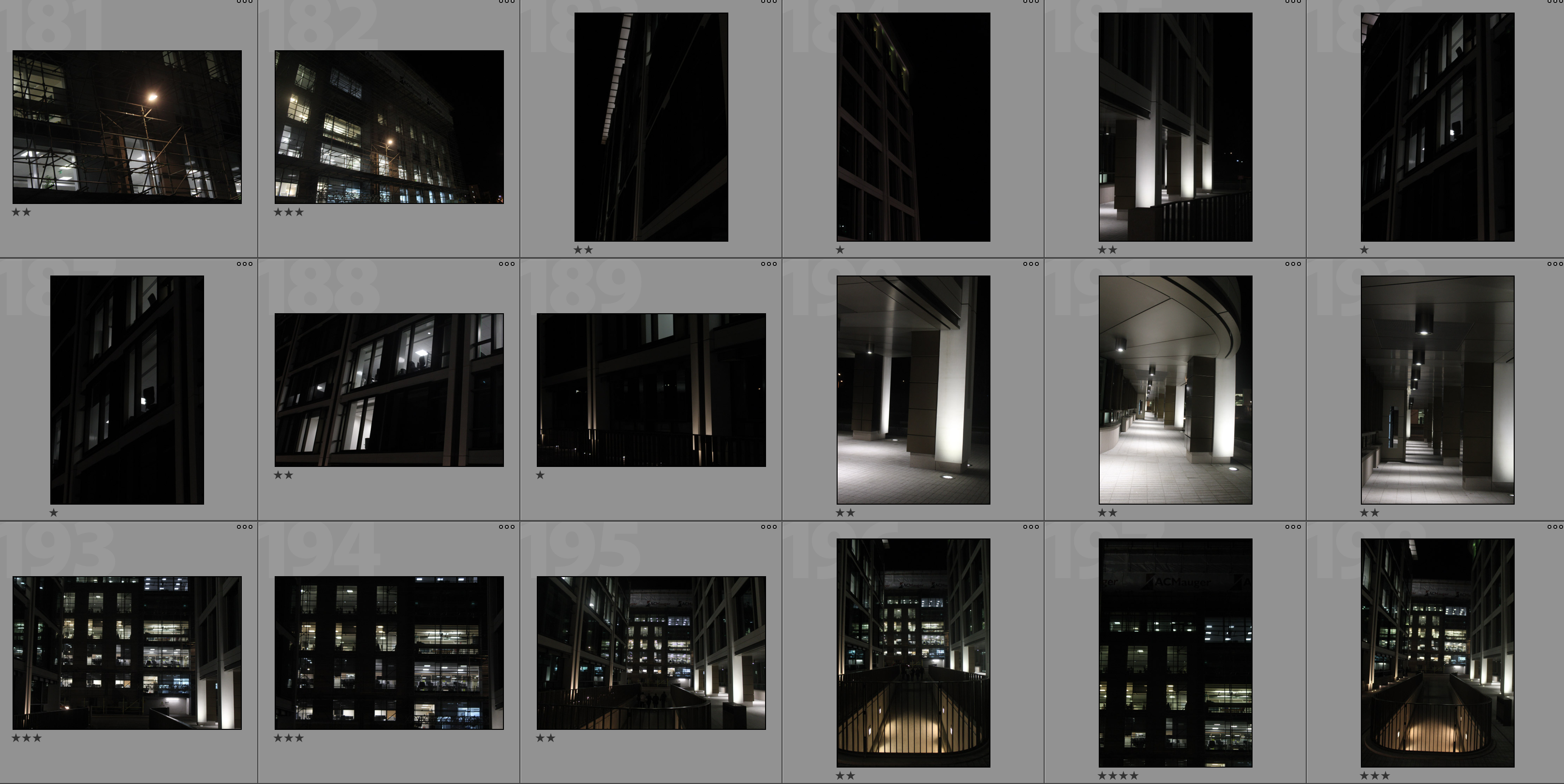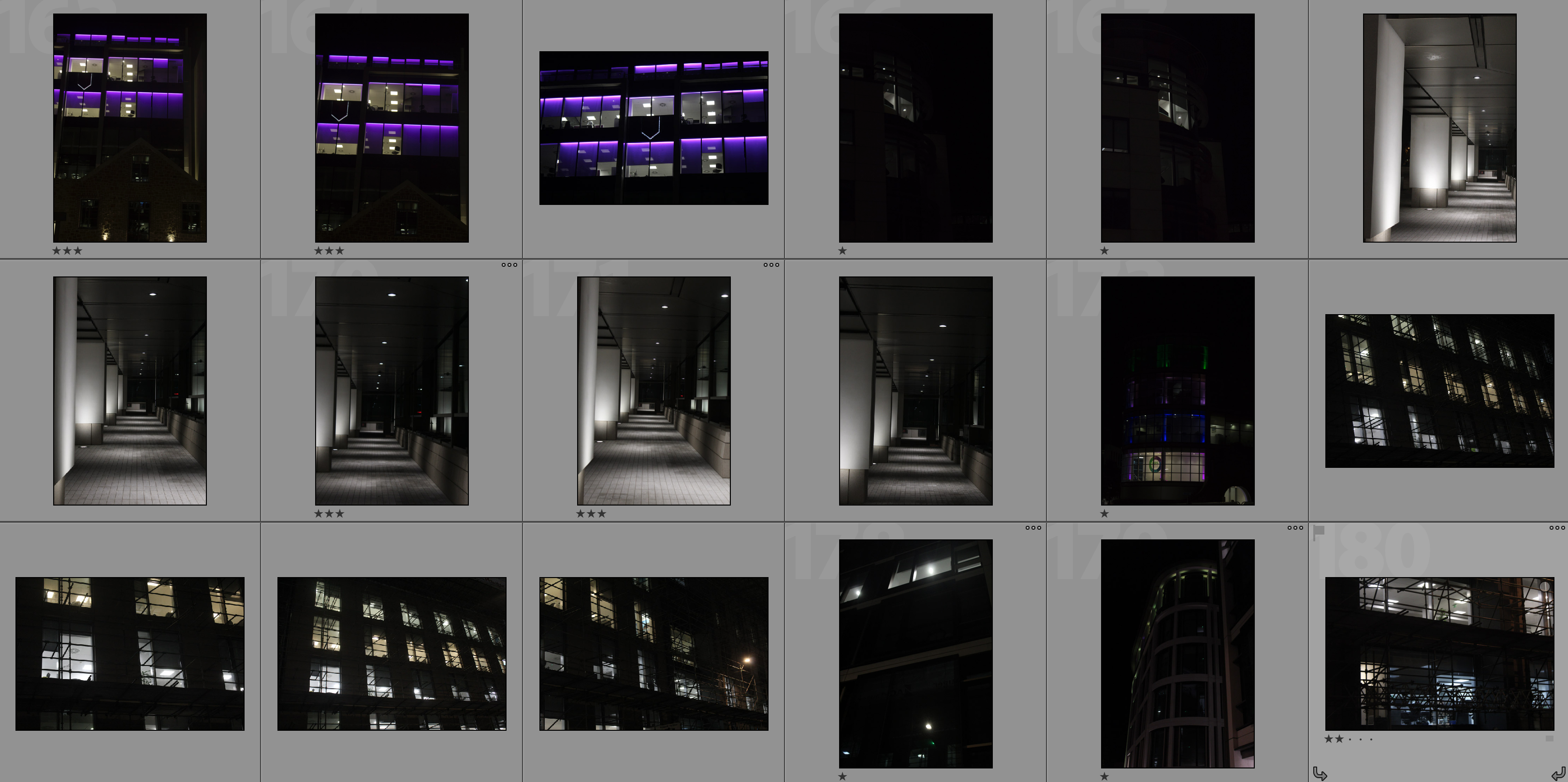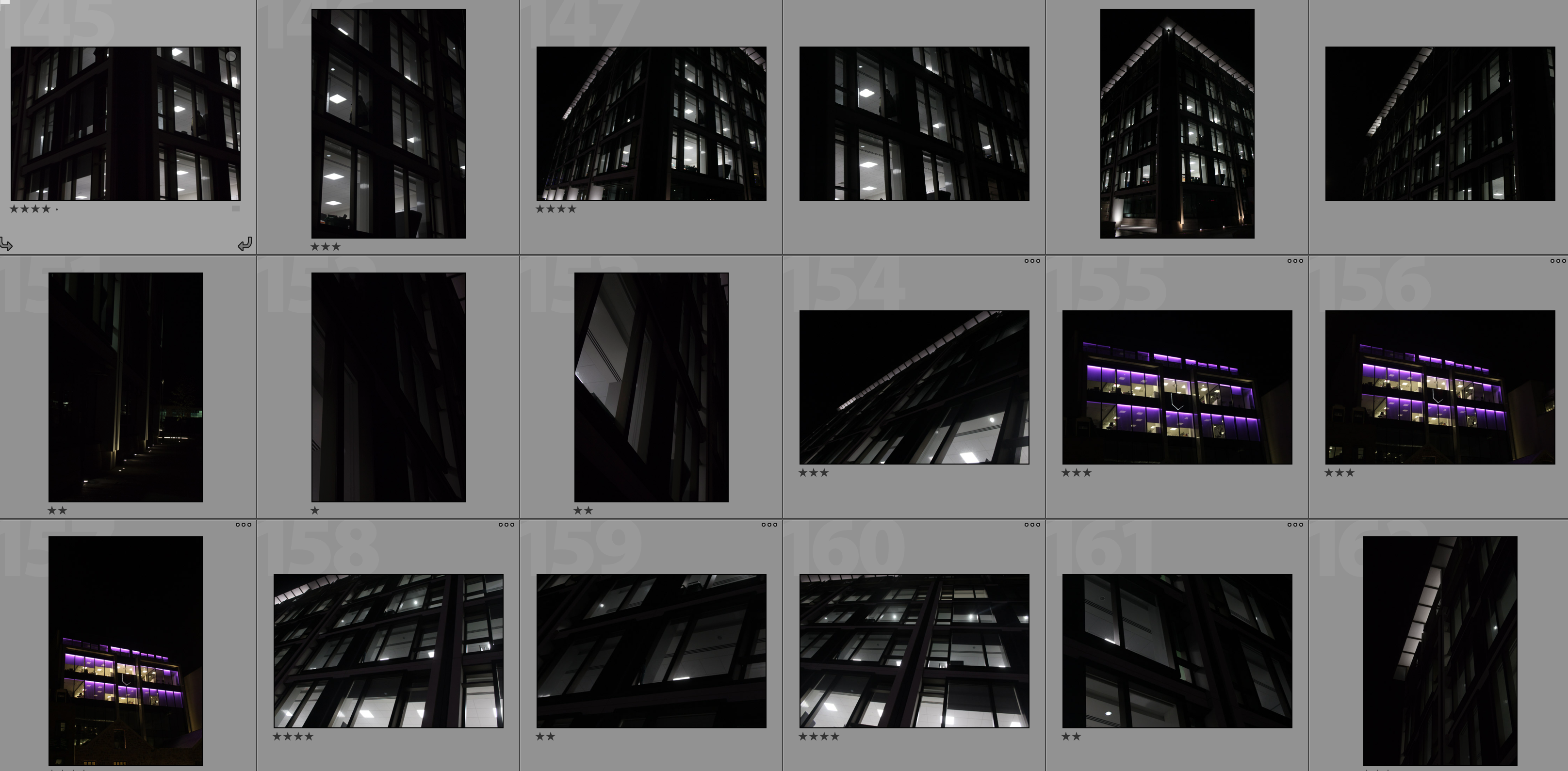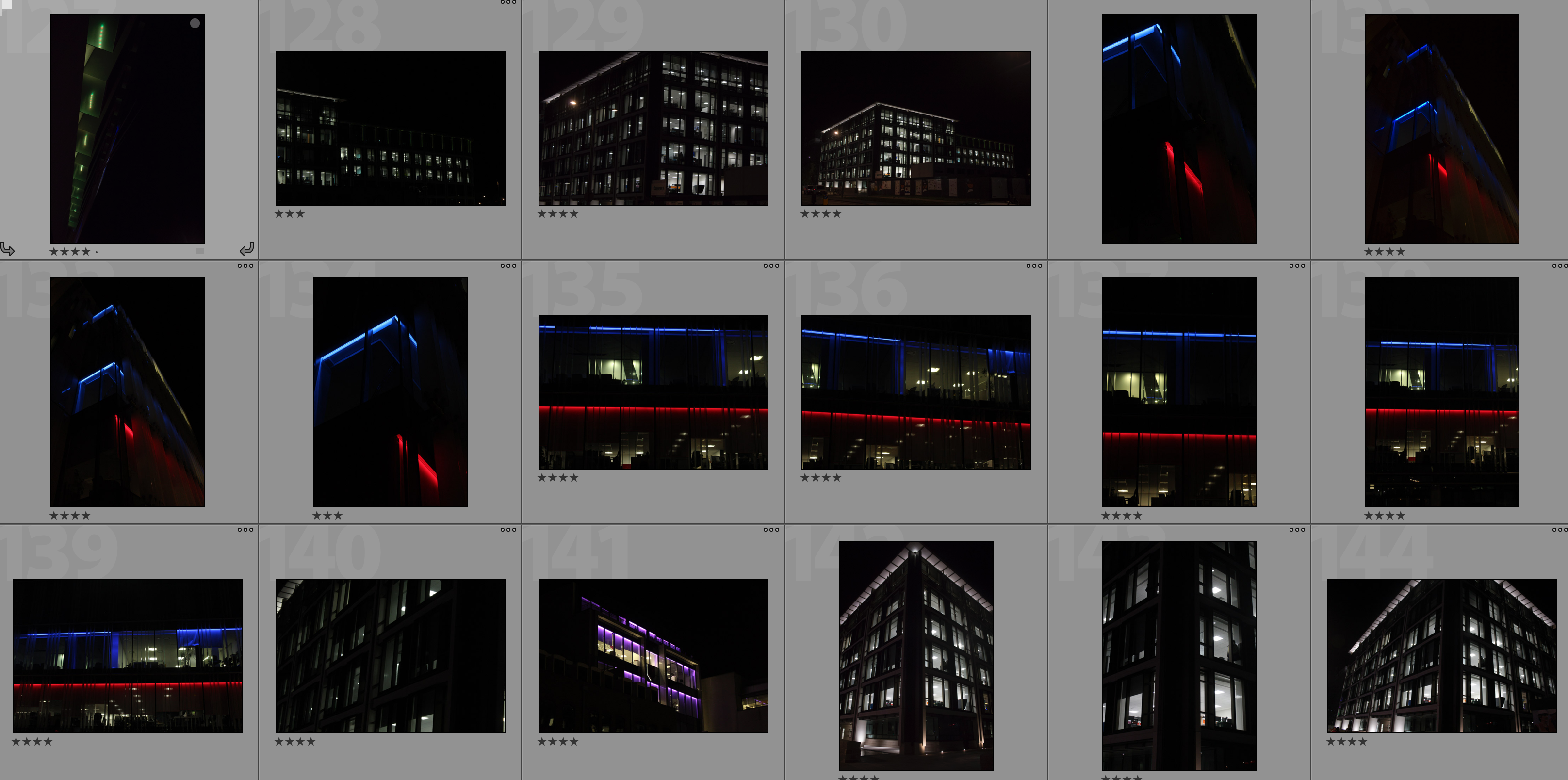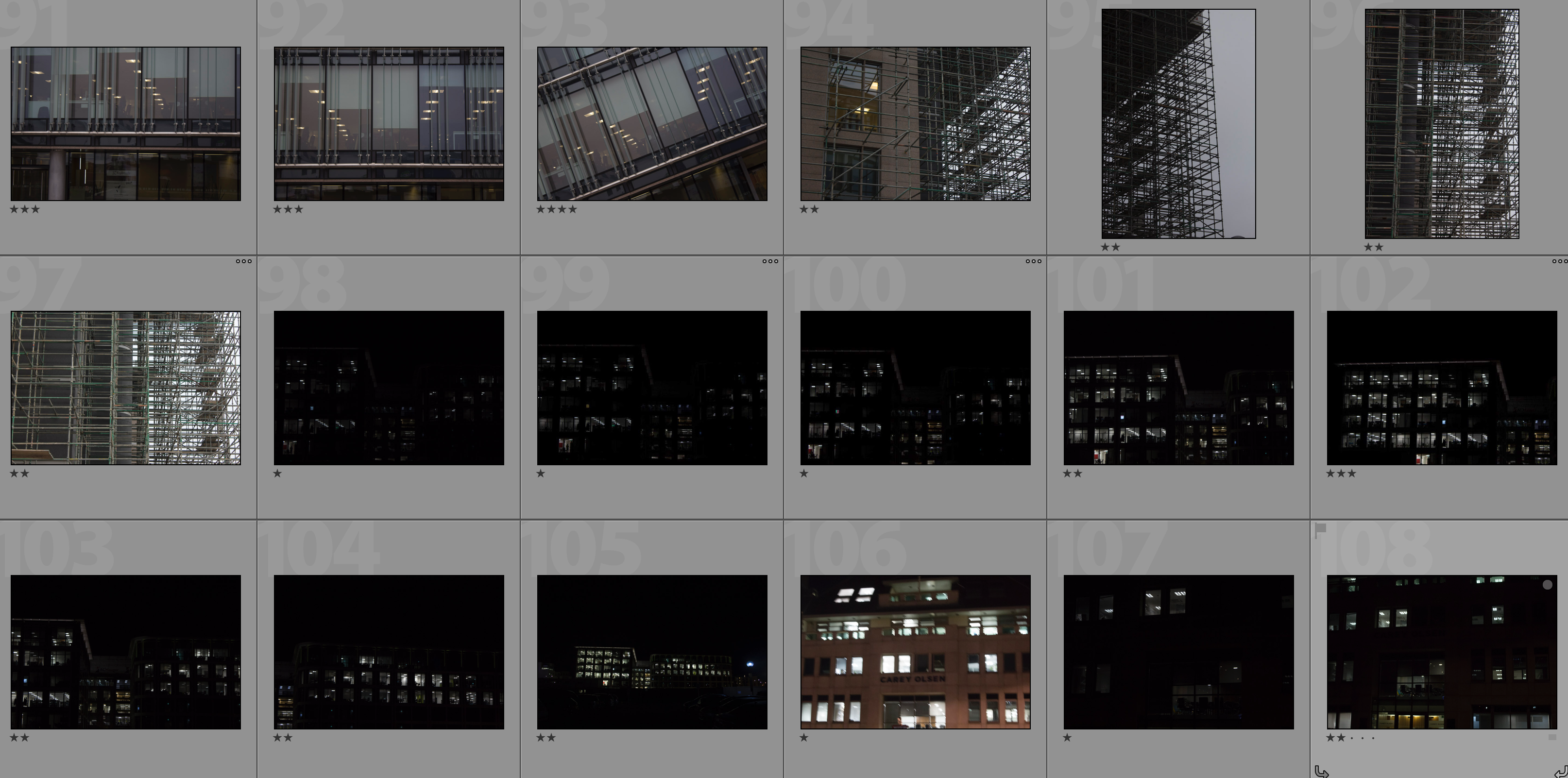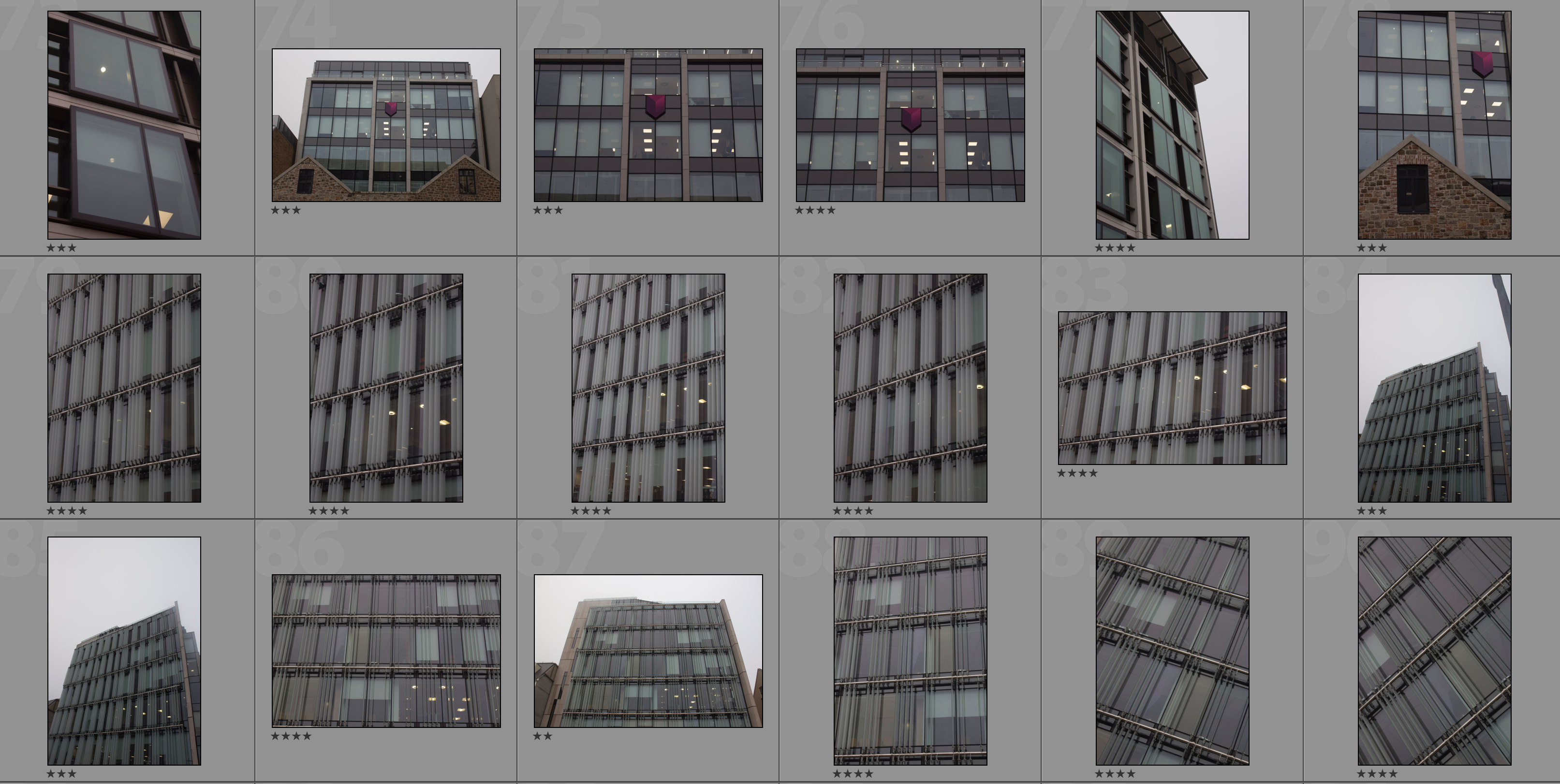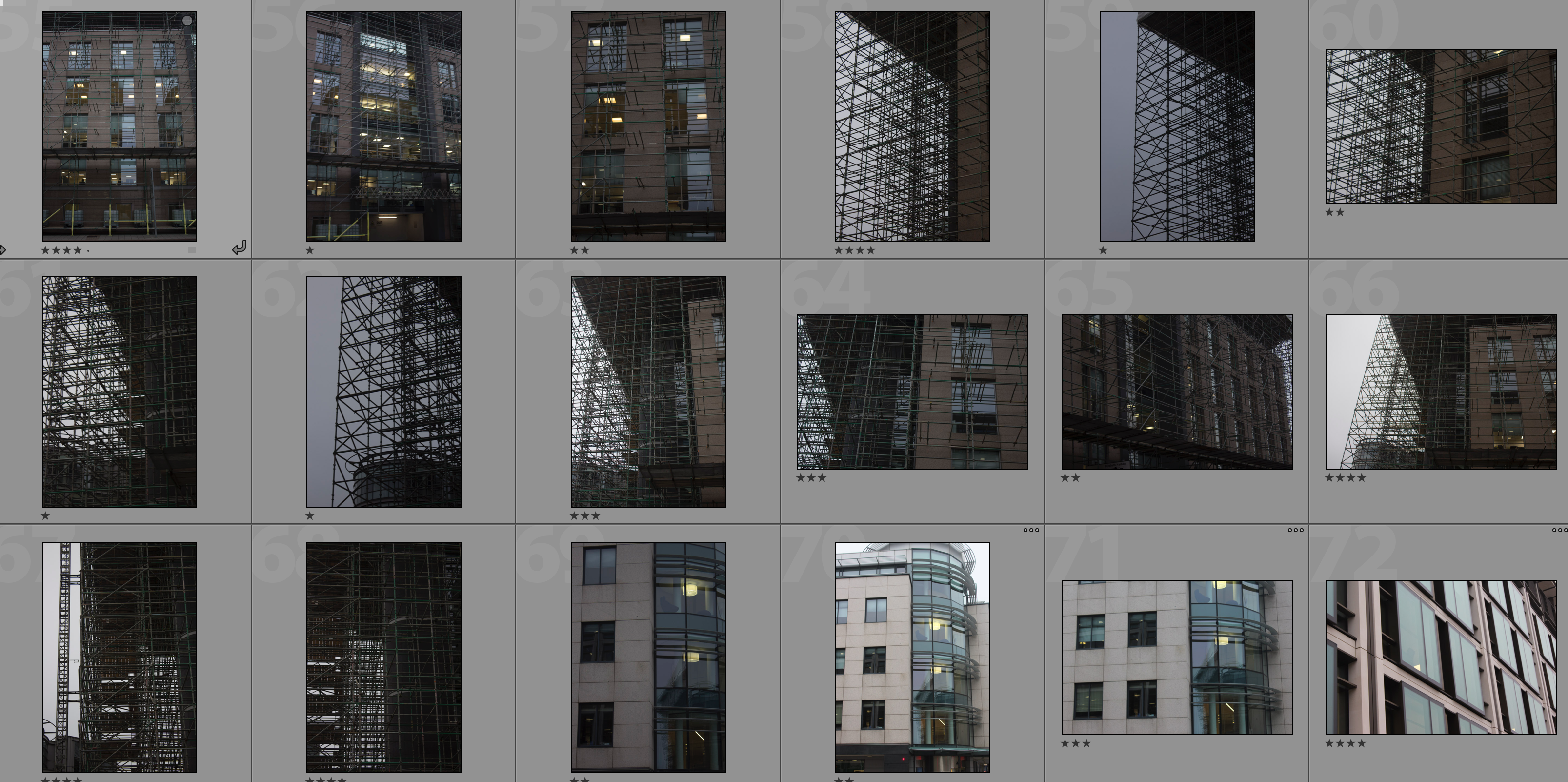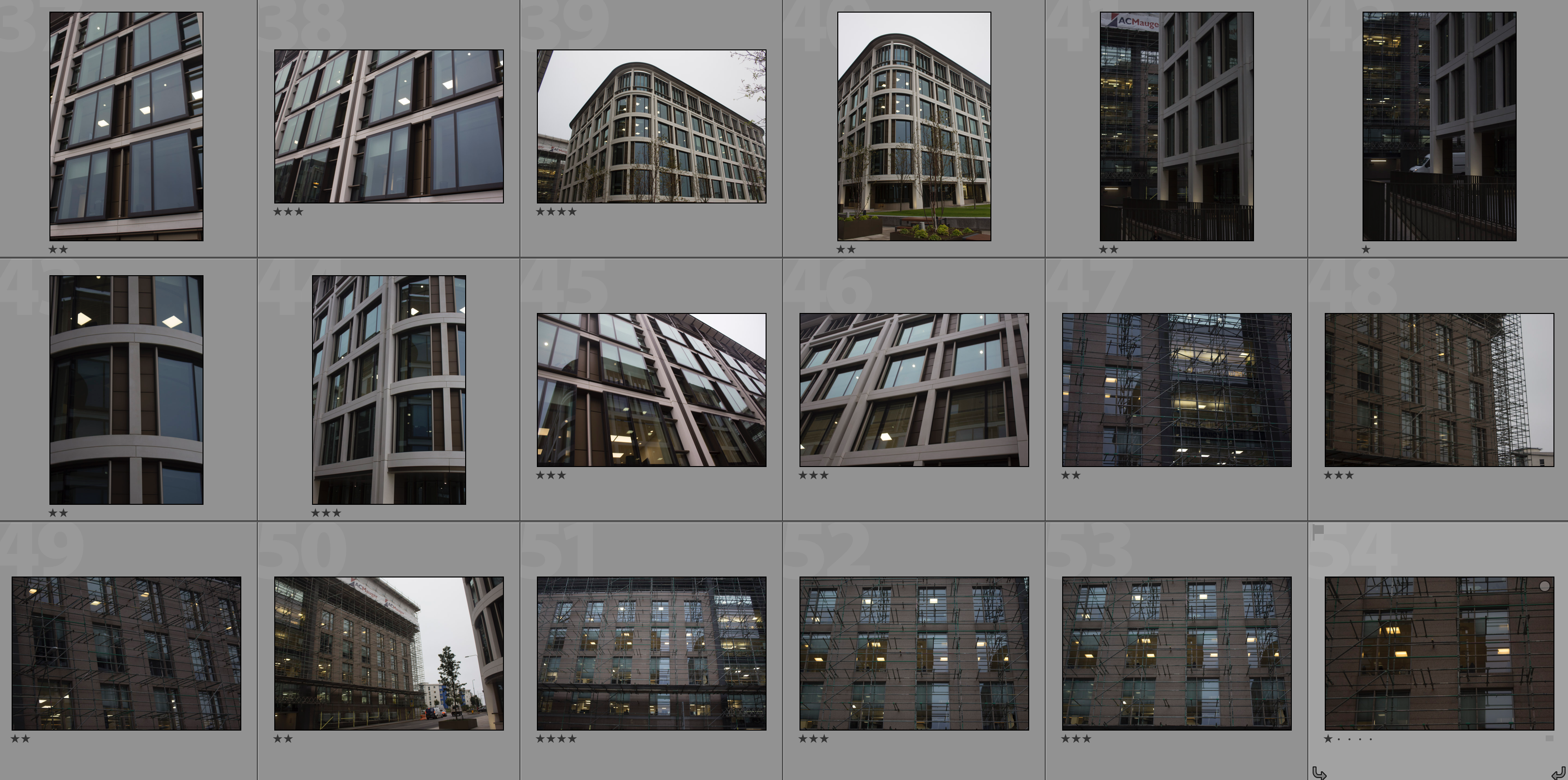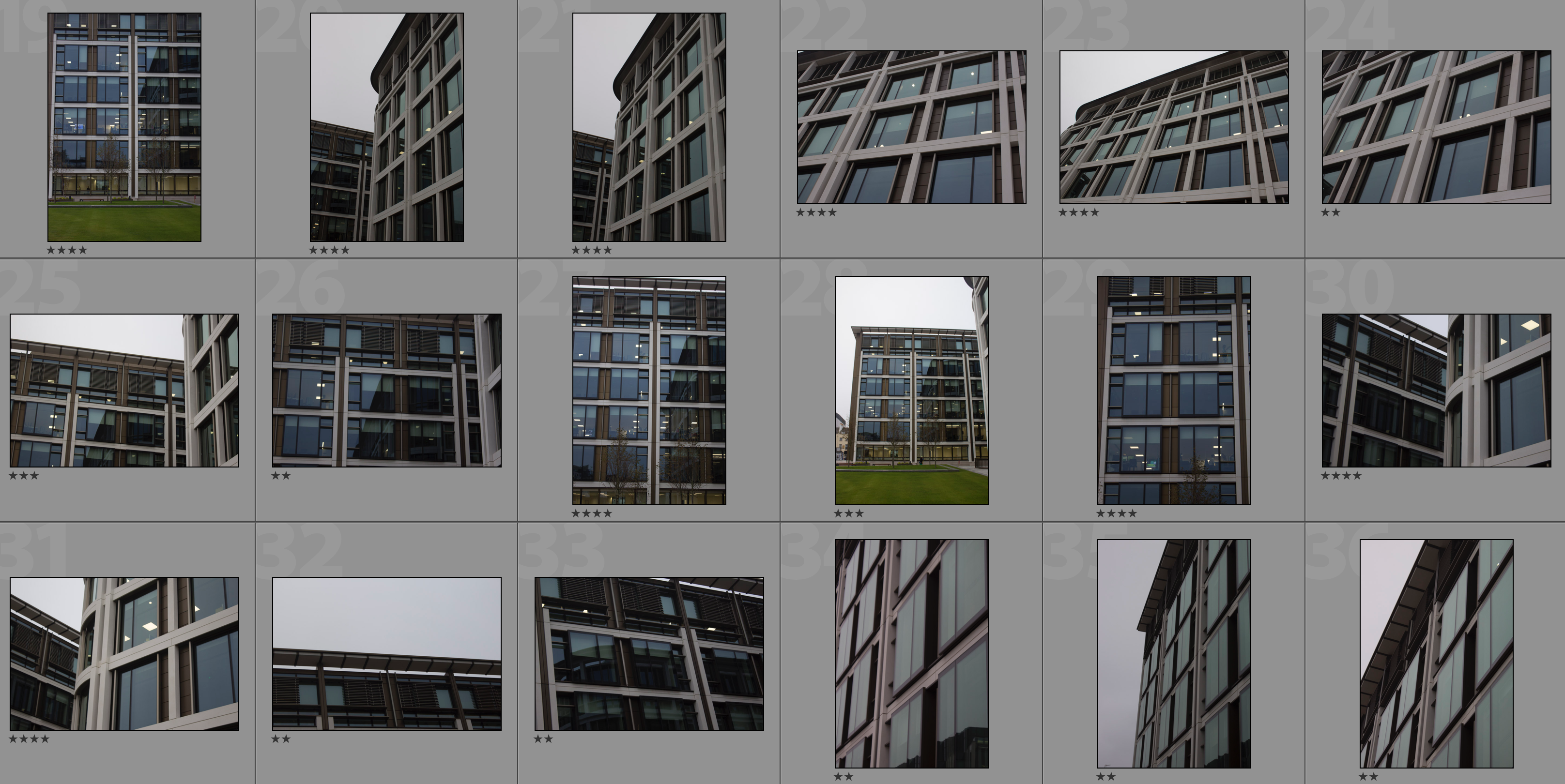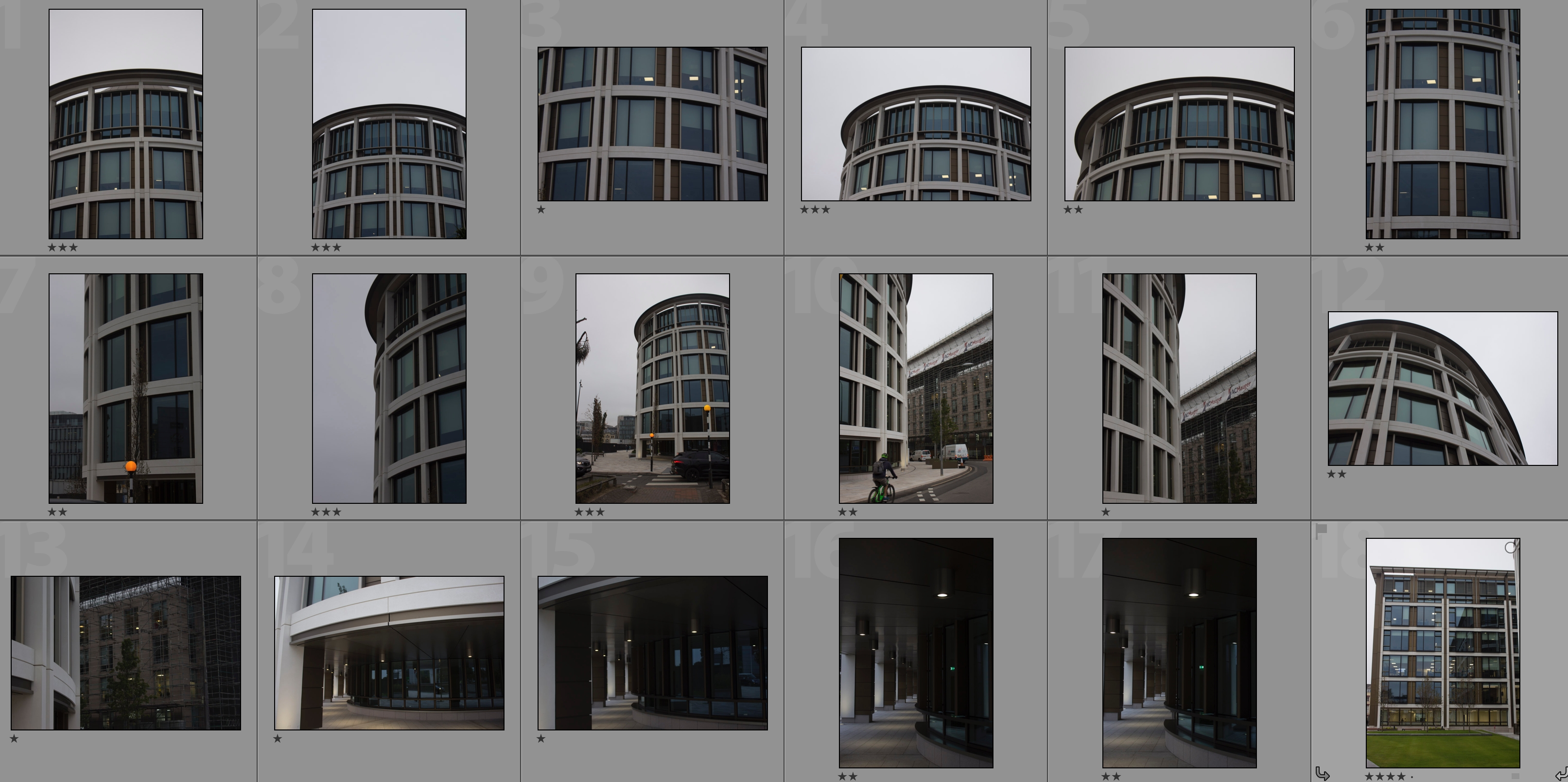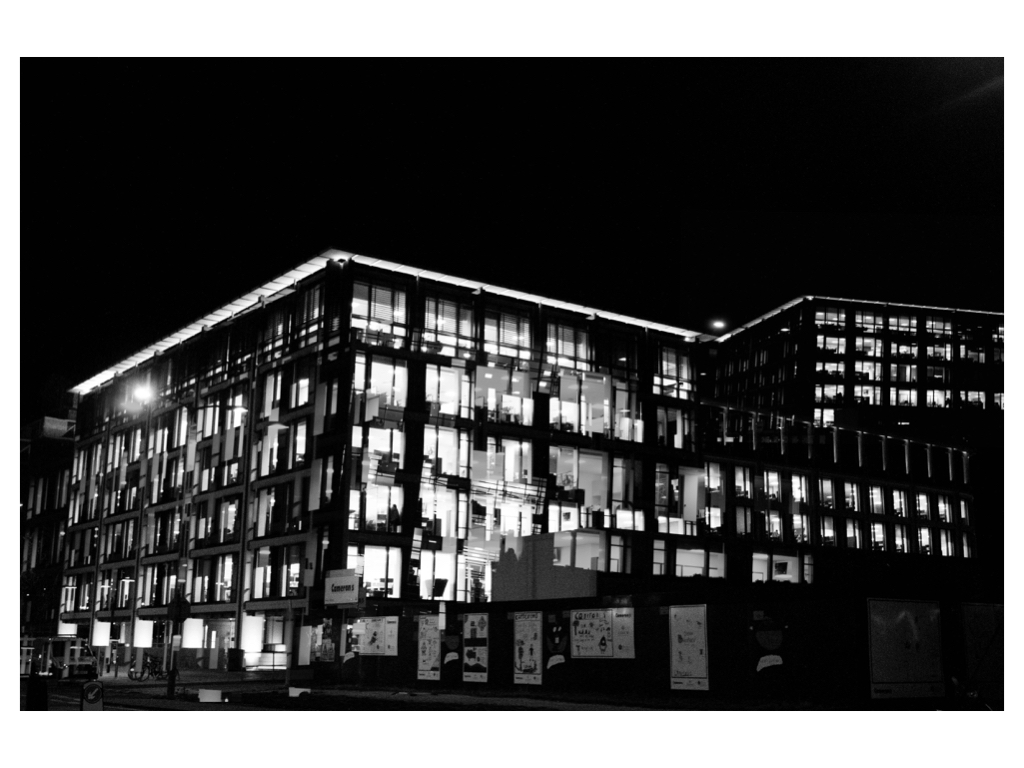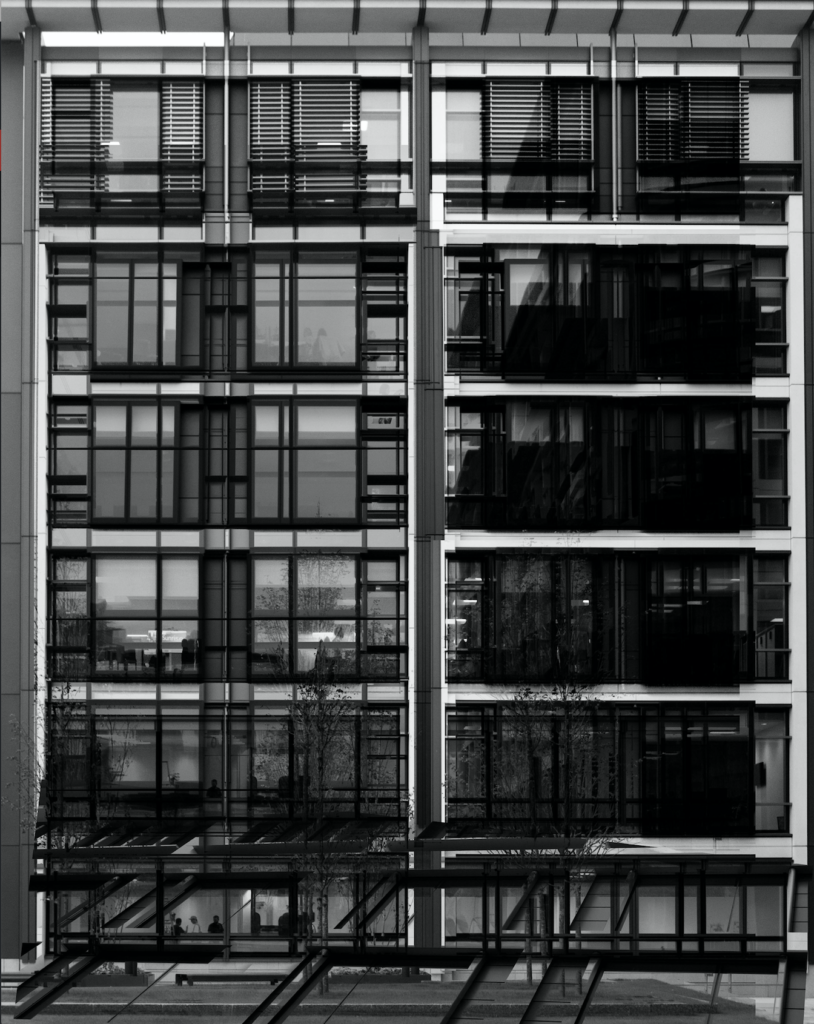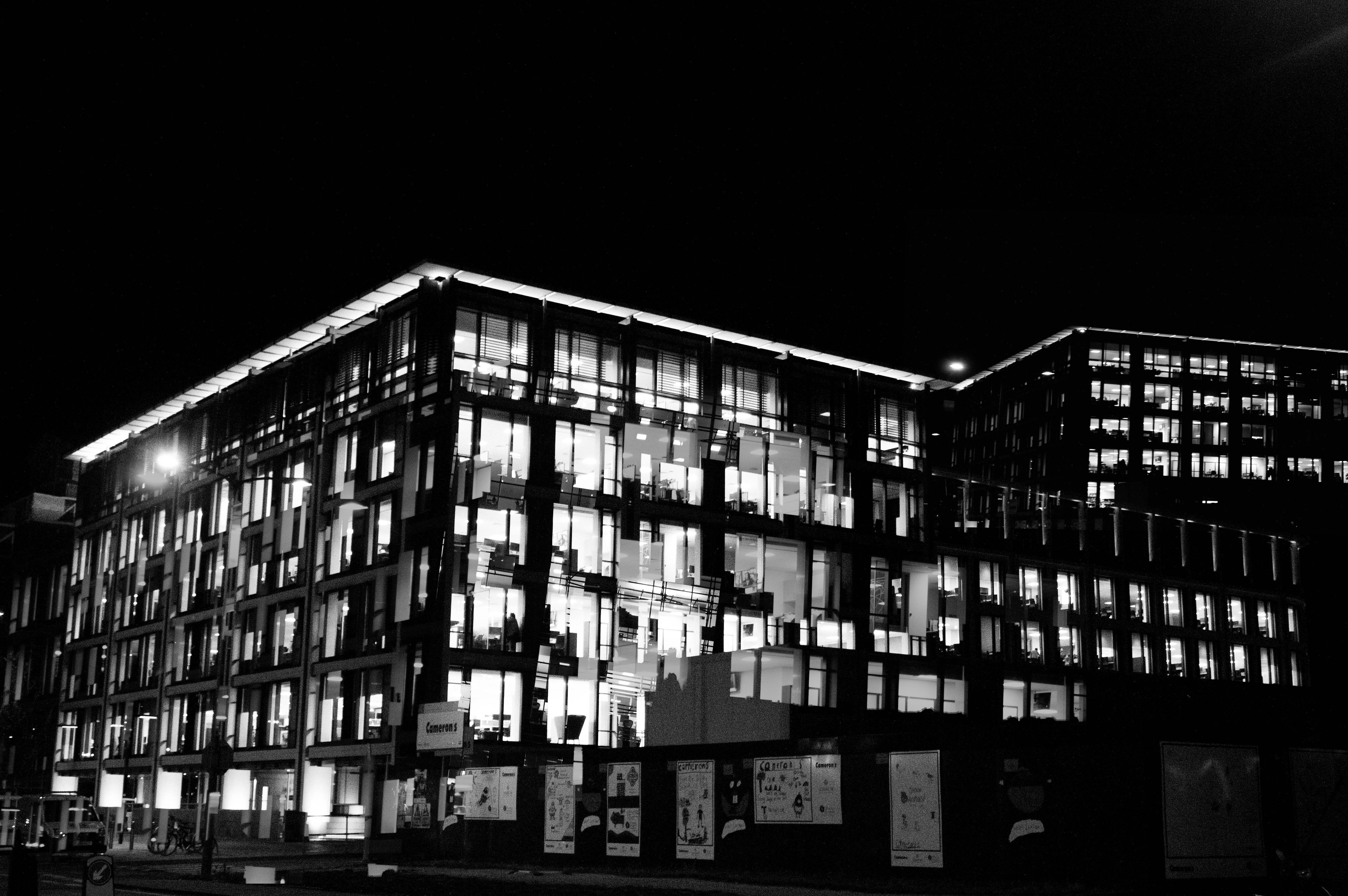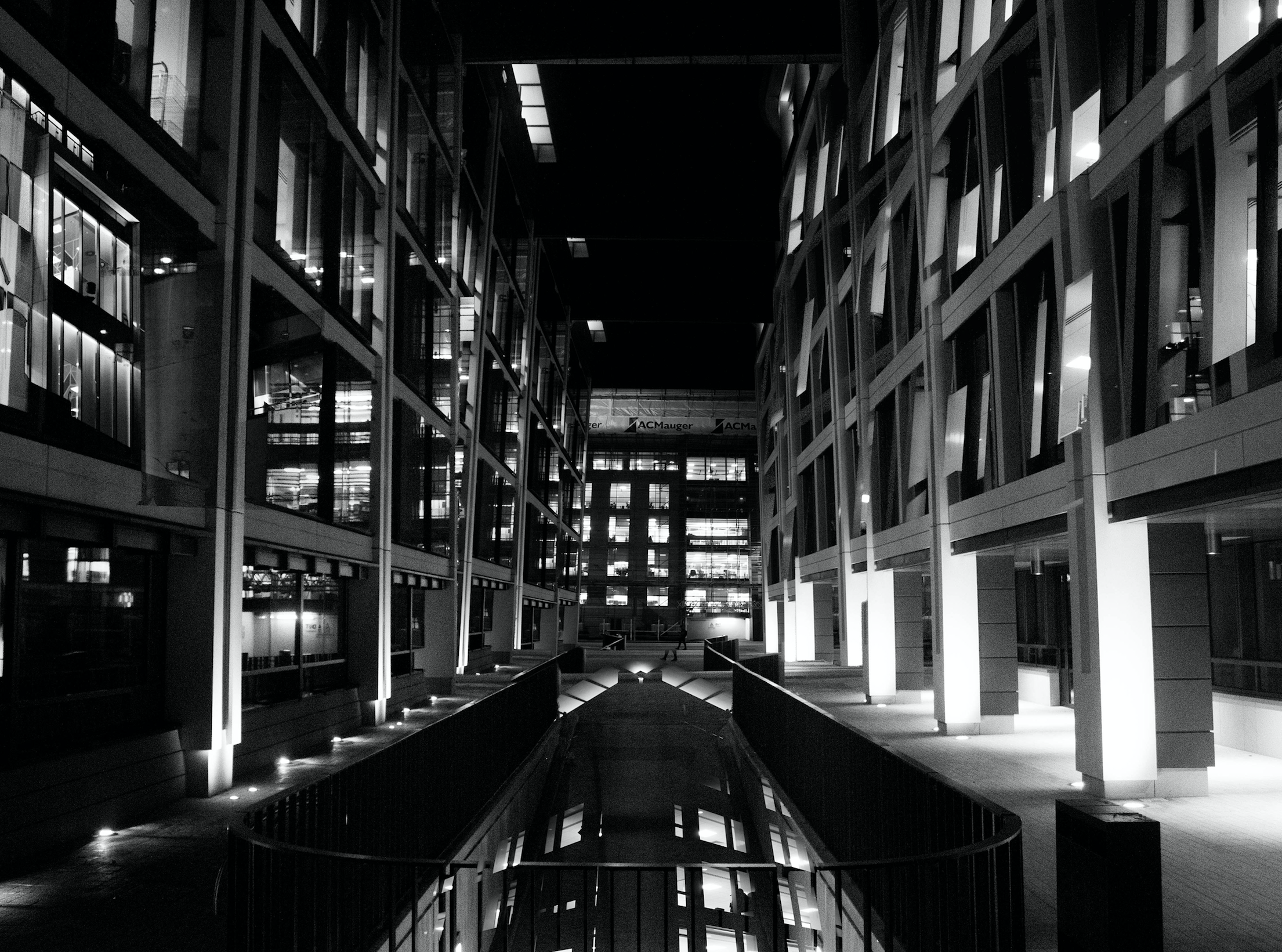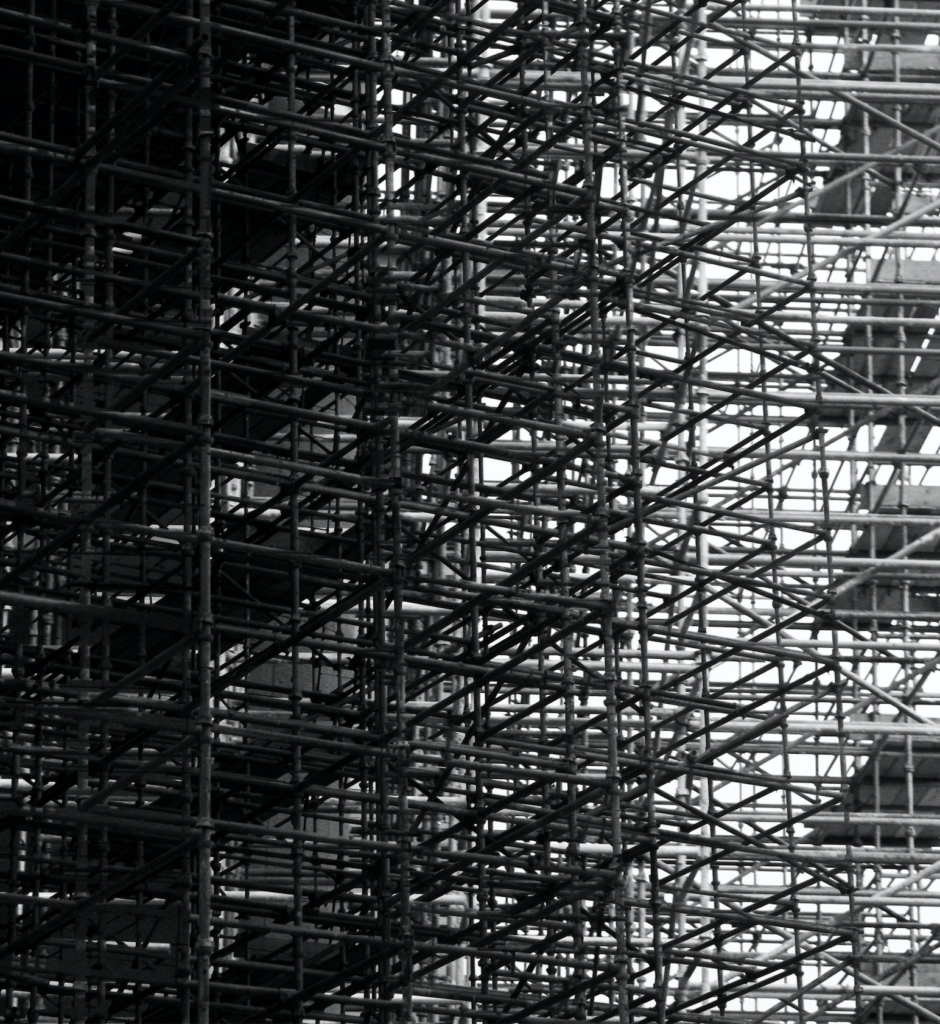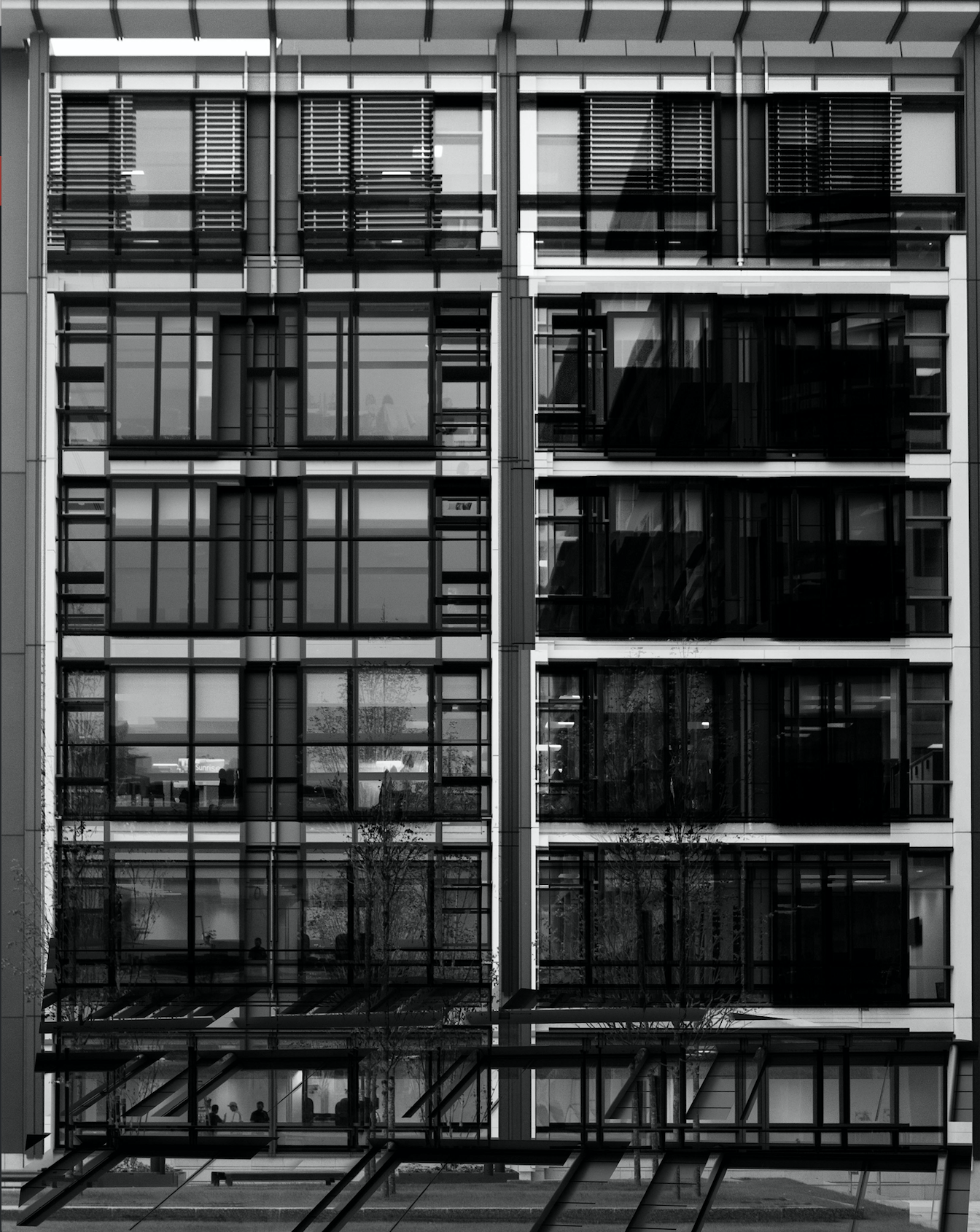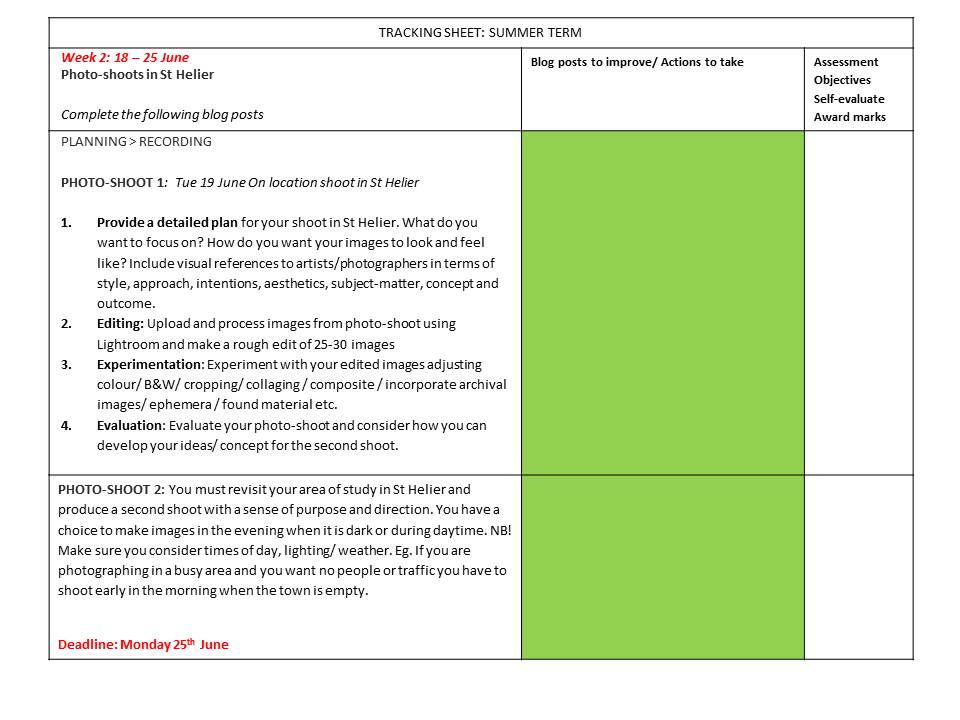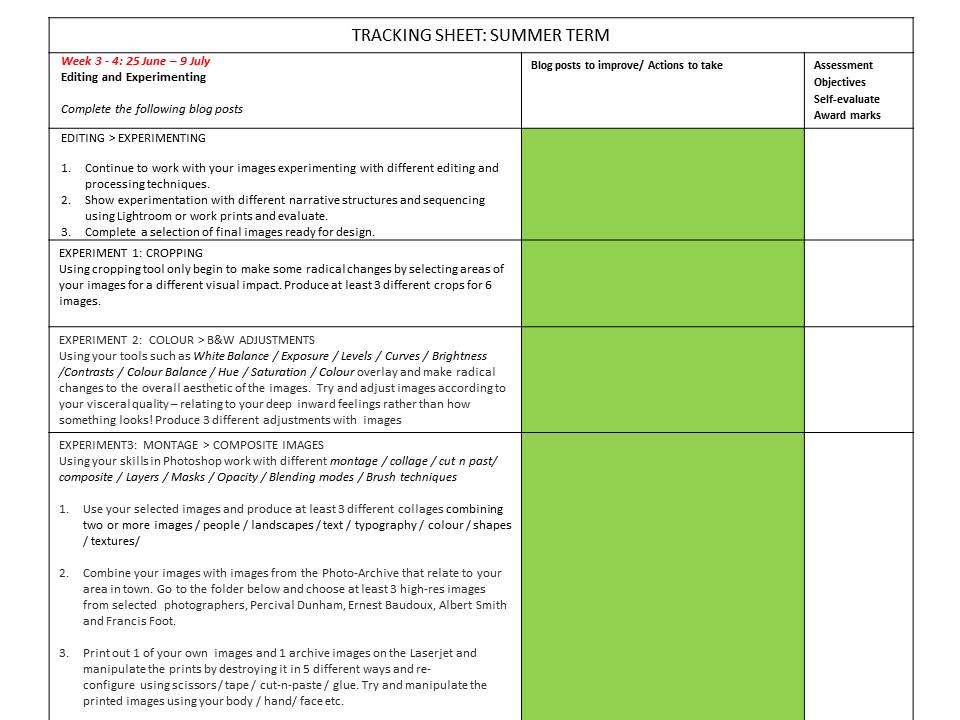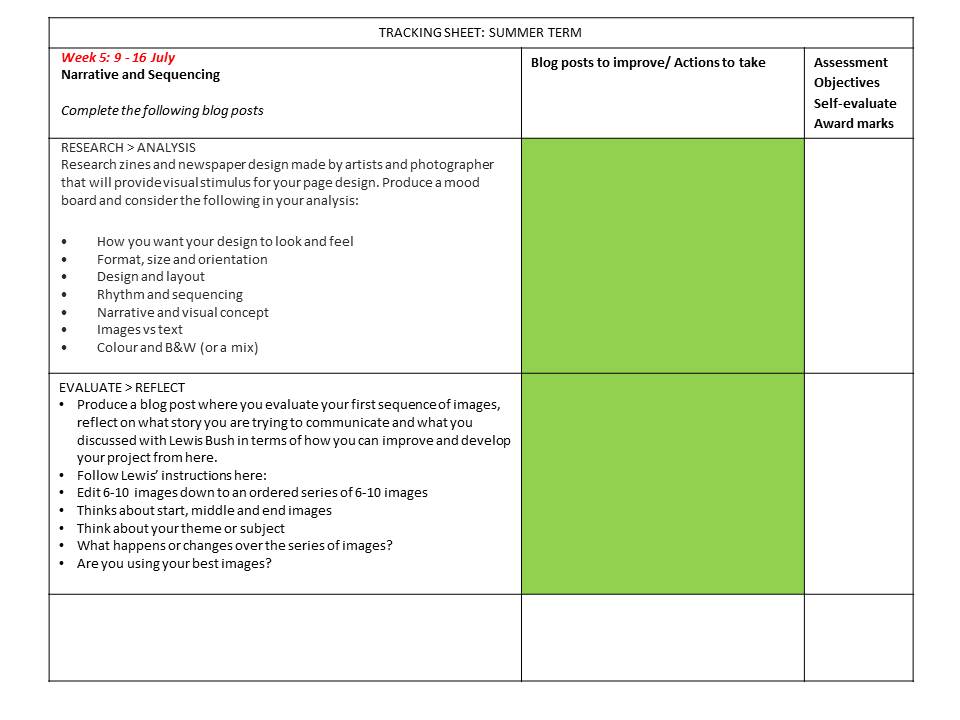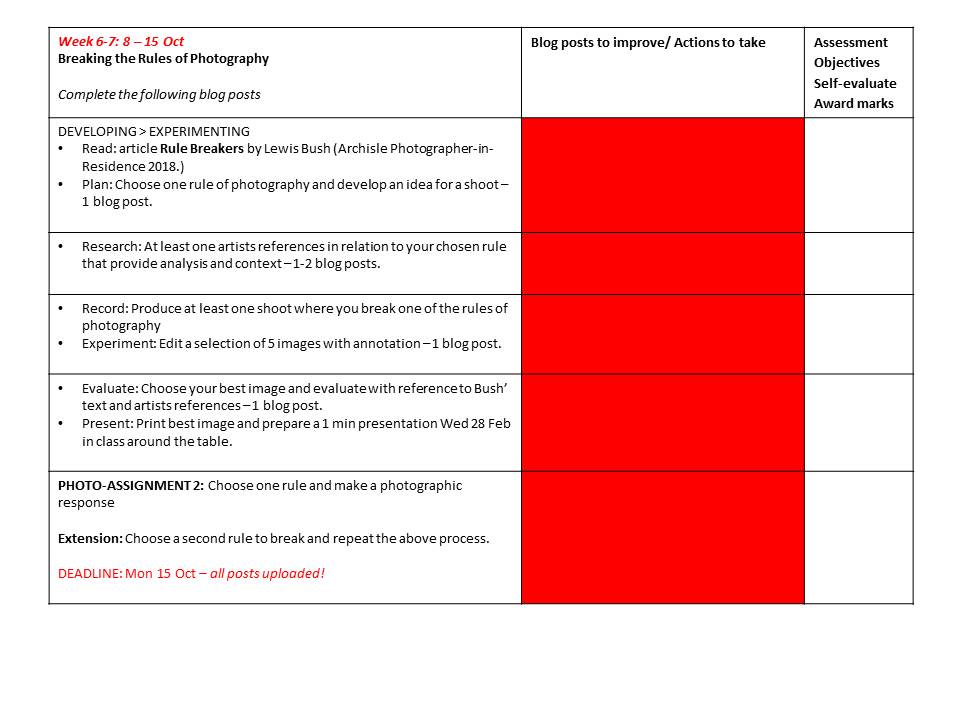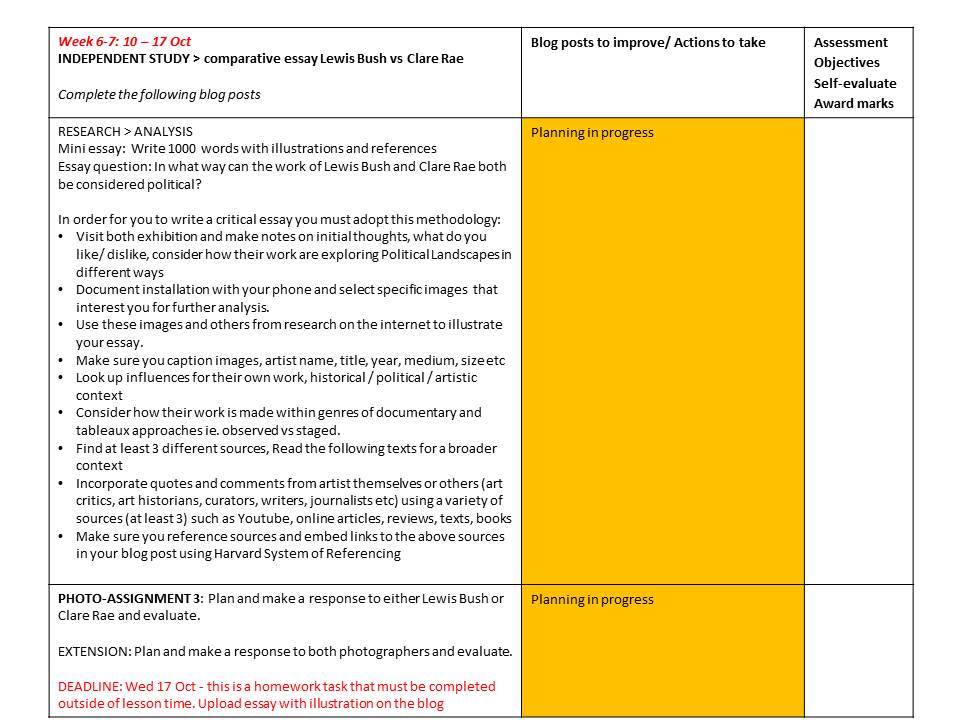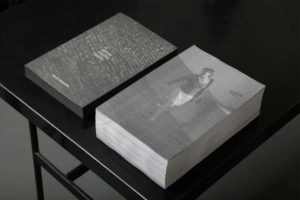 Henrik Malmstrom is a Finnish photographer currently living and working in Buenos Aires, Argentina. Malmstrom self-published his first book in 2010, titled ‘On Borrowed Time‘. He is the co-founder and curator of the Müllkellergalerie which is a premium art gallery located in a garbage room in Hamburg, Germany. Malmstrom has won over 15 awards since 2008 as well as being shortlisted for the best photobook of the year in 2016.
Henrik Malmstrom is a Finnish photographer currently living and working in Buenos Aires, Argentina. Malmstrom self-published his first book in 2010, titled ‘On Borrowed Time‘. He is the co-founder and curator of the Müllkellergalerie which is a premium art gallery located in a garbage room in Hamburg, Germany. Malmstrom has won over 15 awards since 2008 as well as being shortlisted for the best photobook of the year in 2016.
I think that Malmstrom has a very interesting approach in his book ‘A Minor Wrongdoing‘ in which he photographs subjects at night with a very high ISO to create grainy and underexposed photographs. In this book Malmstrom would photograph people that he saw from the window of his living room using a cheap digital camera. He would create the effect of a surveillance camera by setting the ISO abnormally high. The book that came from this replicates a messy police report archive with the grainy monochromatic photographs creating a sense of abstraction due to their unconventional appearances. The photographs in this book were taken between 2011-2014, Malmstrom’s synopsis of ‘A Minor Wrongdoing’ says that the project records “the last remains
of street life in an urban area that is currently undergoing
fierce gentrification after recent official law enforcement
against street-based prostitution”.
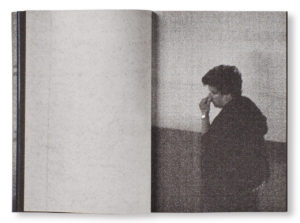
I think that Malmstrom’s defiance of the rule of technicality is very interesting and unique as it creates a composition that most photographers would not even attempt to make. Whilst having an abstract and unconventional aesthetic in this project, Malmstrom has managed to make this work still look good whilst breaking the rules of technicality. I plan on taking inspiration from Malmstrom’s work when exploring breaking the rule of technicality as I think I can successfully combine documentary/street photography along with this style to create something that I would not usually attempt.
Analysis

In this photograph, Malmstrom has used natural lighting, or the lack of it, in order to create a very grainy and grey photograph which replicates the effect of a surveillance camera. Within this photograph there is not a wide tonal range due to the grey and surveillance nature of the photograph which creates an almost old-fashioned effect within the photograph. The photograph is not a very high contrast either due to the dark setting that Malmstrom is going for, but the low contrast works for the style of photograph. Malmstrom will have used a shutter speed of around 1/50 – 1/100 with a very high ISO of 1600 or 3200 as the idea of this project was to capture grainy photographs of people in the dark. Technical quality was not a key aim of this photograph, which can be seen, as Malmstrom aimed to create these technically incorrect photographs. The high ISO allows for the grainy texture to be created which adds a lot of character to the photographs and adds to the dark and mysterious setting.
There is no colour in this photograph – only black and white. This black and white theme further conveys the theme of surveillance and discretion within the photographs. The mixture of the high ISO grainy photograph with the black and white effect means that the tones are also very dark and mysterious – these dark tones make the setting have a sinister and secretive vibe meaning there could be more to what meets the eye with this subject. The grainy texture makes the photograph seem as if it was printed poorly – which again breaks the technical rules of photography, but this grainy texture fits in to further push the idea that this is a mysterious photograph. The eye is immediately drawn to the cigarette being lit in the subjects mouth as it sparks to be the whitest part of the photograph, contrasting from the regular grey tones without. This white spark illuminates the side of the subjects face to give a slight sense of the subjects identity without giving too much away, leaving more mystery in the photograph. The subject is also placed along one of the vertical lines of the rule of thirds – this may be intentional but also may not be, either way it makes the photograph more aesthetically pleasing for the viewer. There is not much of a 3D setting to the photograph due to the dark and grey tones with little shadowing.
This photograph was taken from Malmstrom’s book ‘A Minor Wrongdoing‘ in which he photographs subjects at night with a very high ISO to create grainy and underexposed photographs. All of the subjects within the book were photographs from Malmstrom’s living room window which adds to the sense of mysteriousness and surveillance. On the final outcome of the book in which this photograph was placed, it replicated a messy police report archive which shows that the surveillance theme conveyed throughout the photographs is intentional.
I think that through this photograph and the other photograph from his book ‘A Minor Wrongdoing‘, Malmstrom is trying to question whether the technicalities and conventions of photography and society that we are supposed to conform to really matter in the grand scheme of things. I think this because Malmstrom is photographing unaware subjects whilst they are in their own world, not worrying about conforming to society’s standards or trying to impress people. Through doing this Malmstrom is showing what people are really like when they are not around and so how we should be all the time. Malmstrom further presses this idea by not sticking to the normal conventions of photography through grainy, low contrast photographs caught with an abnormally high ISO.
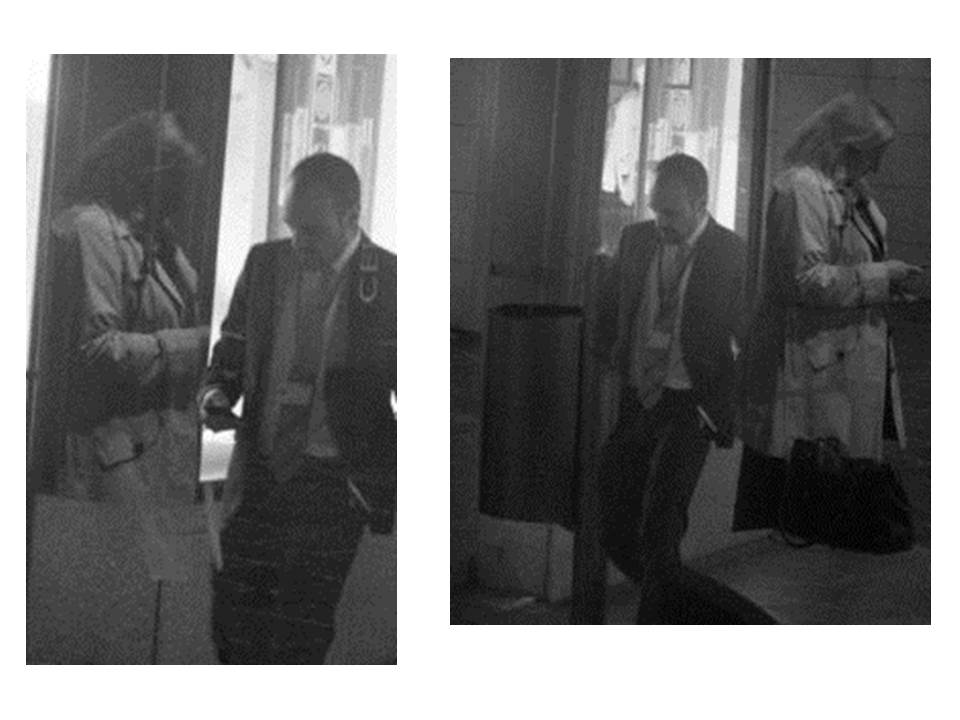




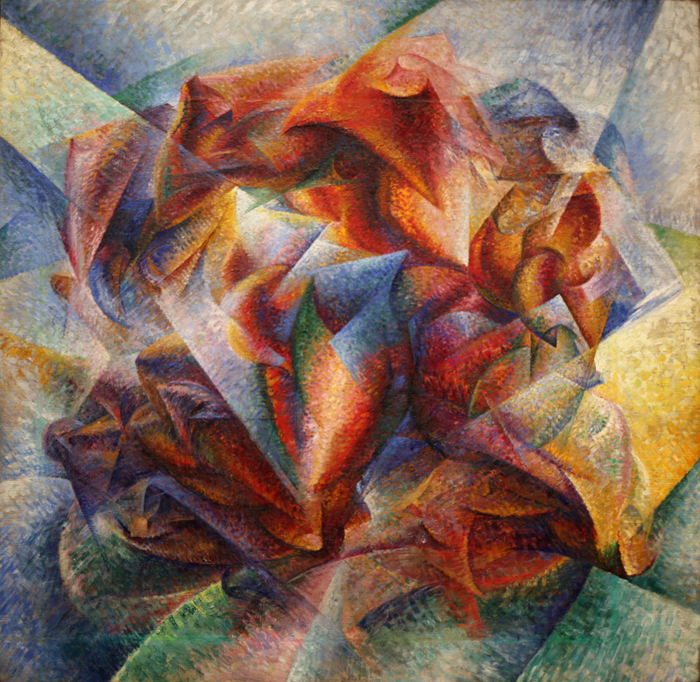


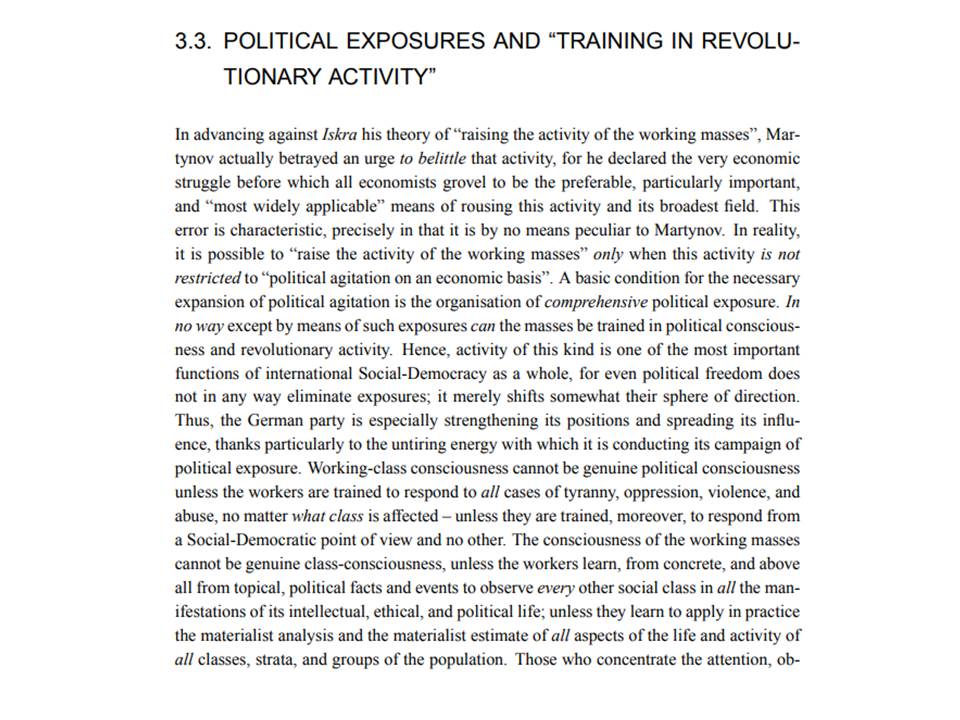

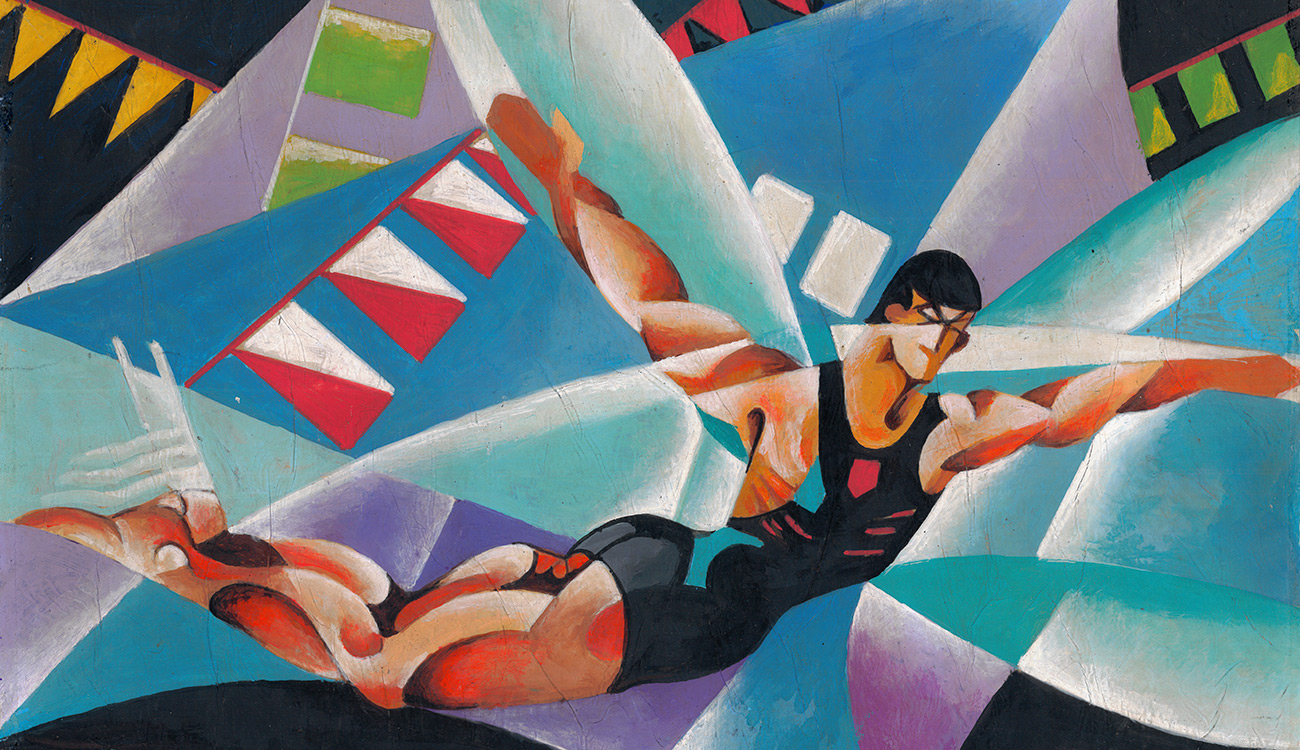
 In this shoot I will be responding to the rule of technicality and taking inspiration from the works of Henrik Malmstrom – particularly his work on ‘
In this shoot I will be responding to the rule of technicality and taking inspiration from the works of Henrik Malmstrom – particularly his work on ‘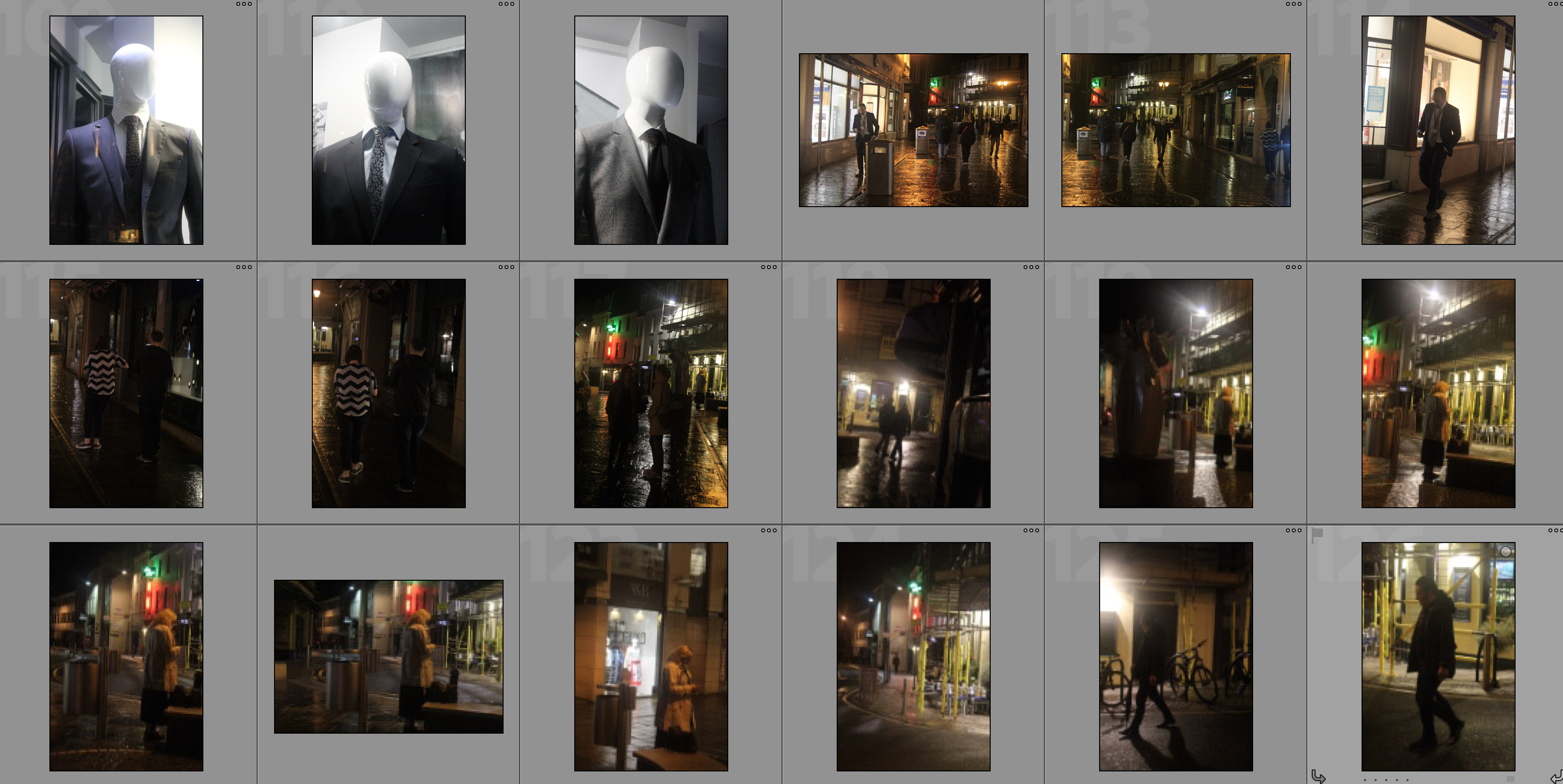
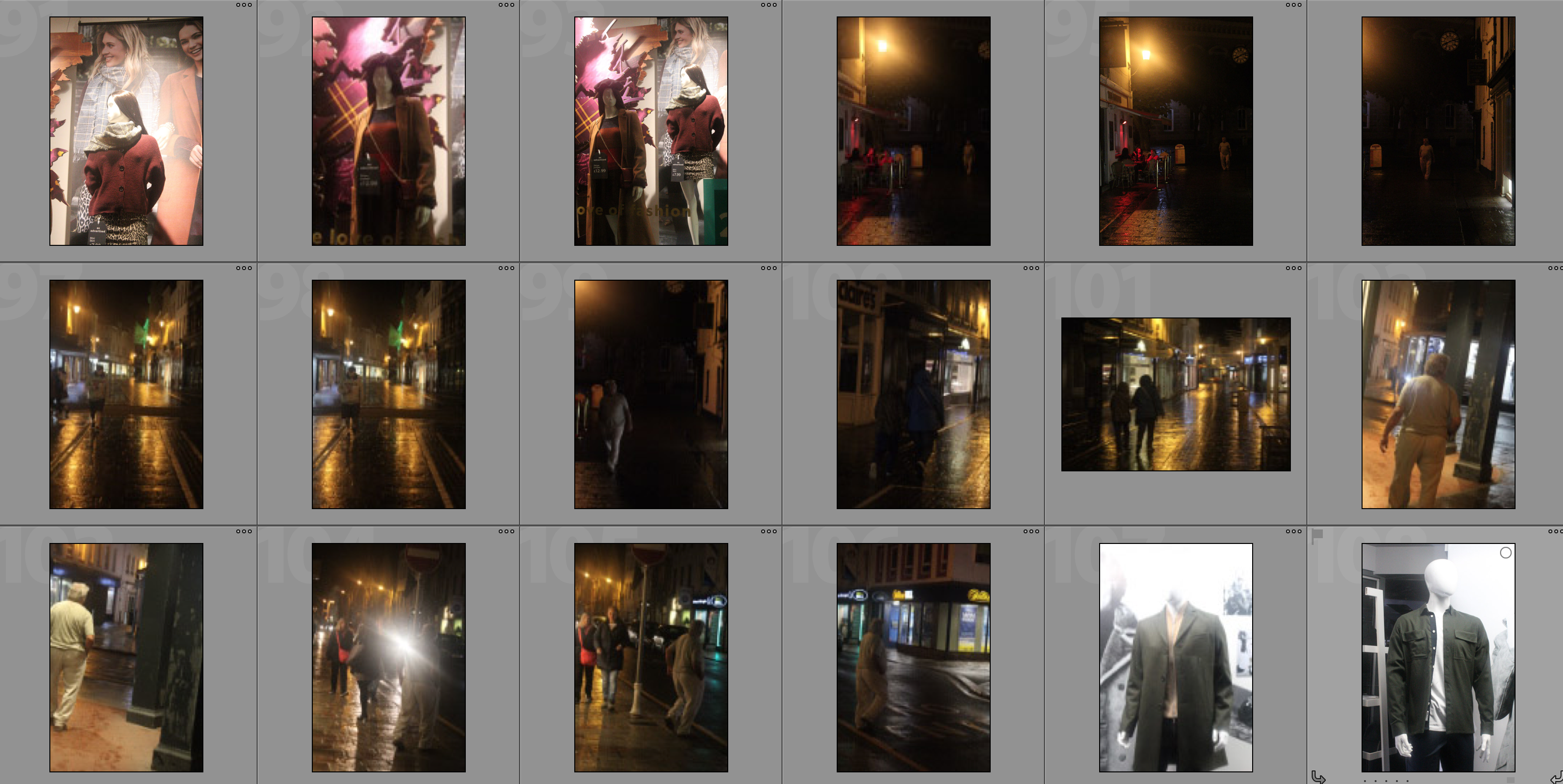
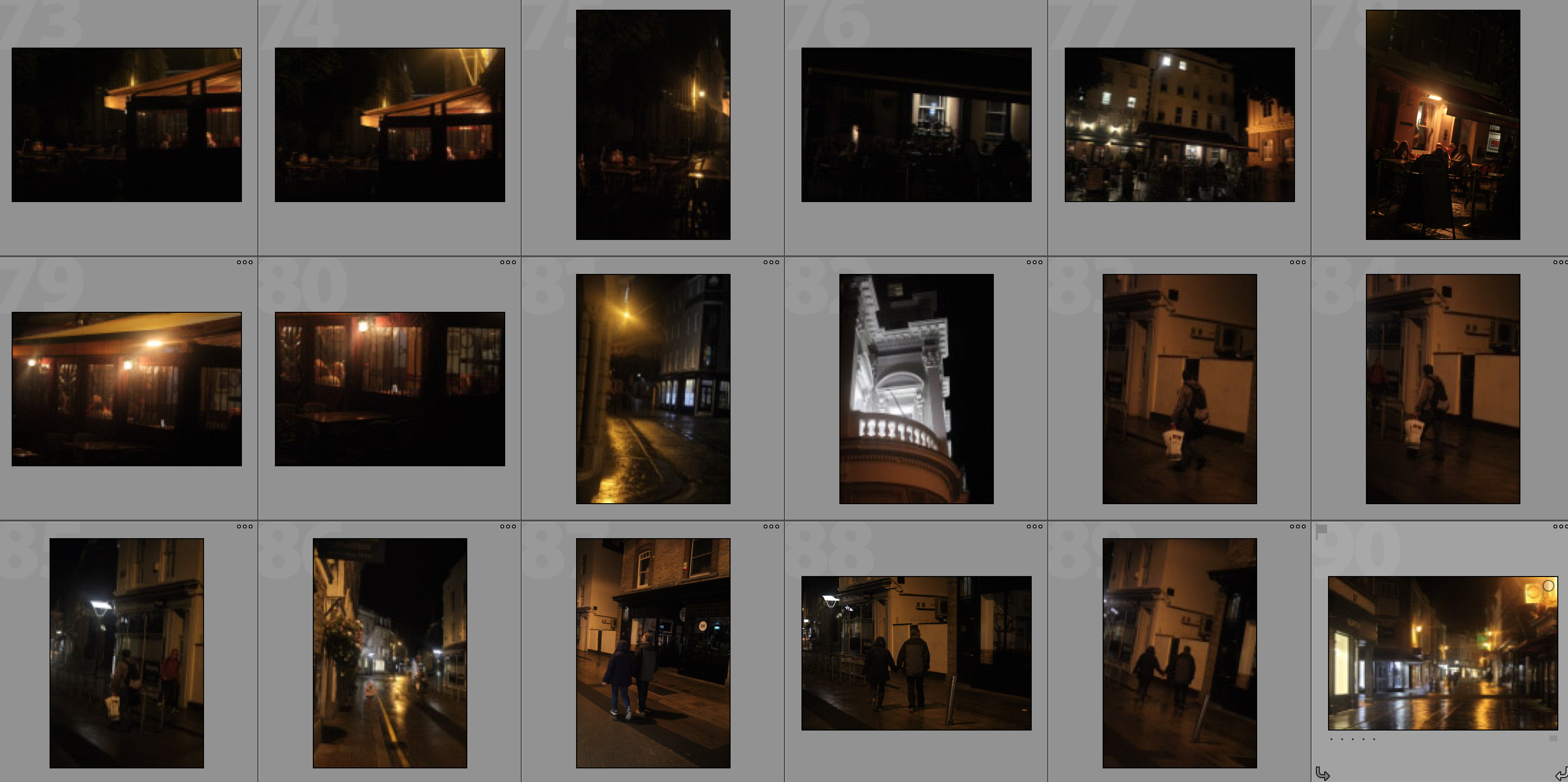


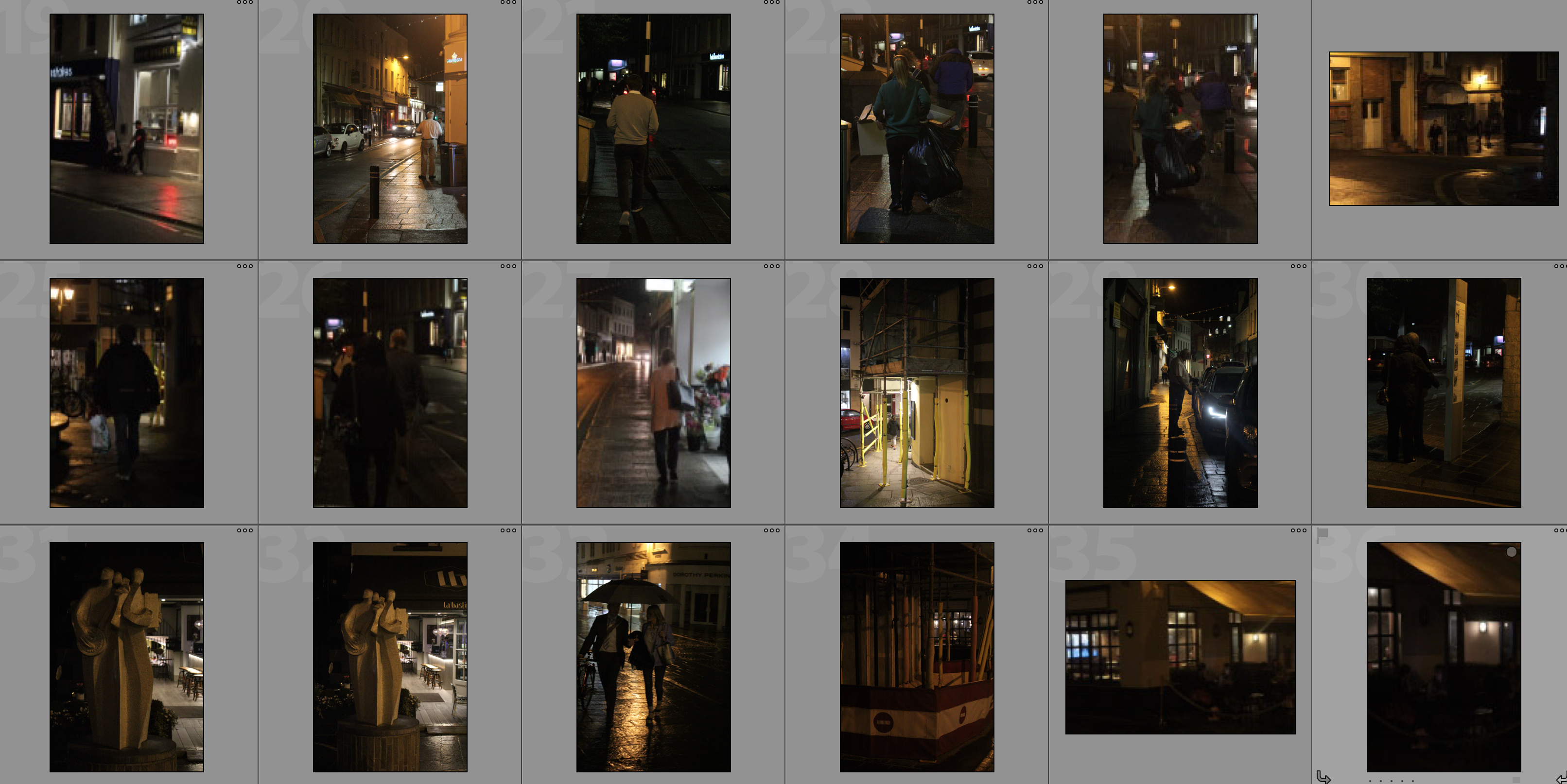
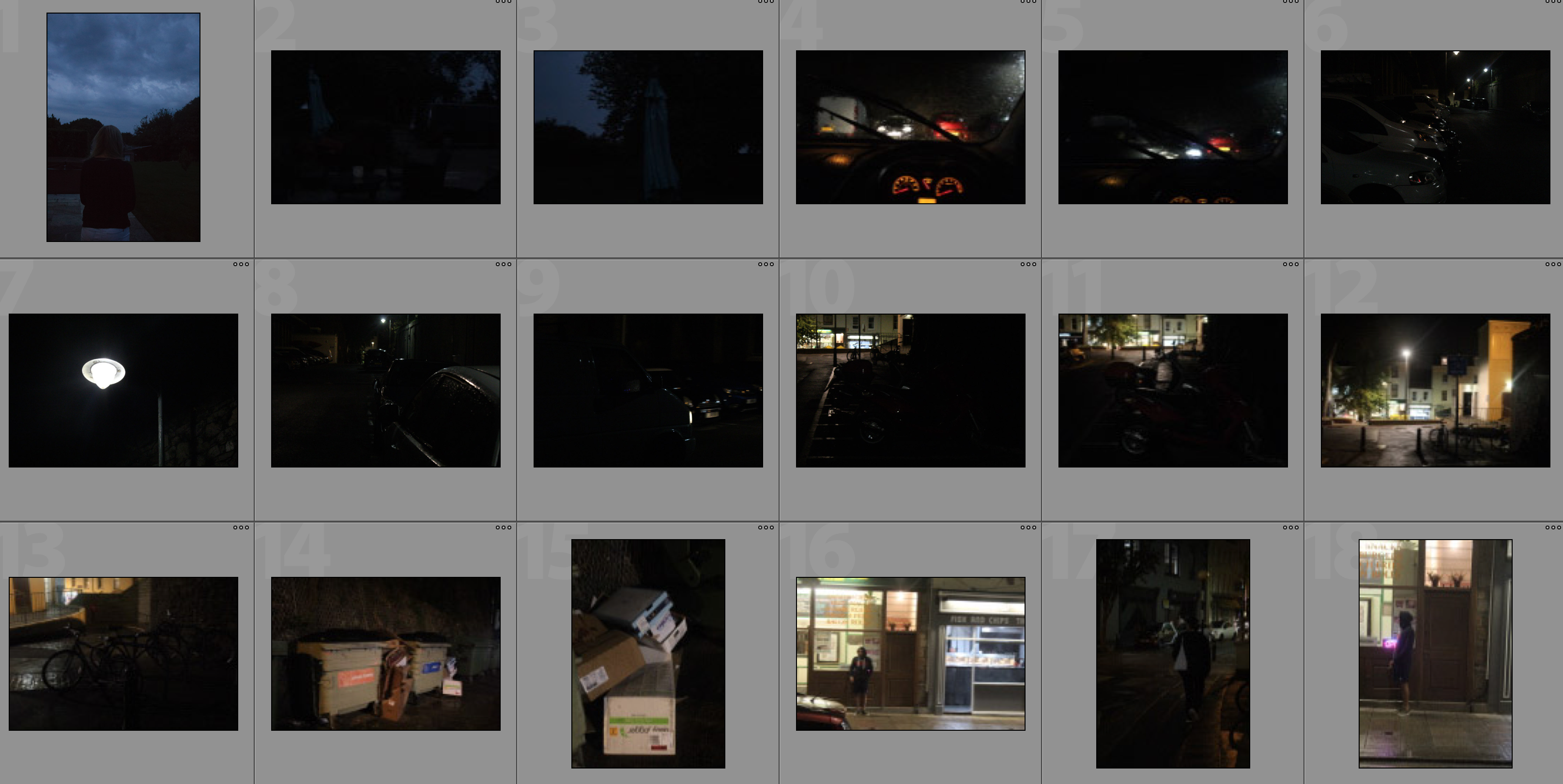
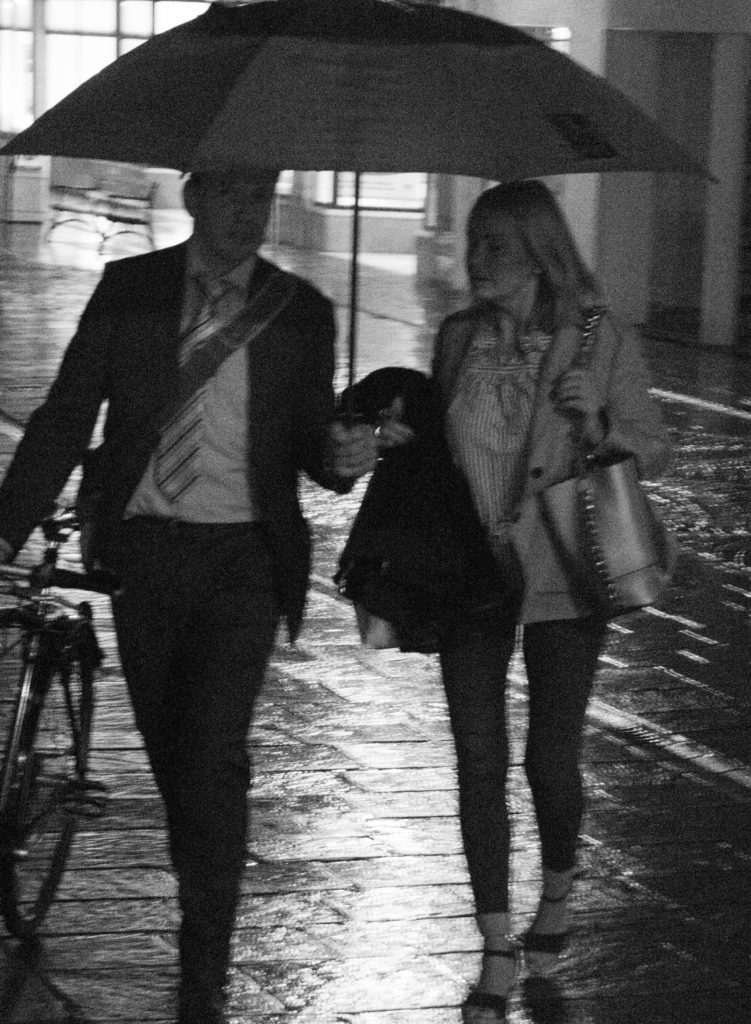
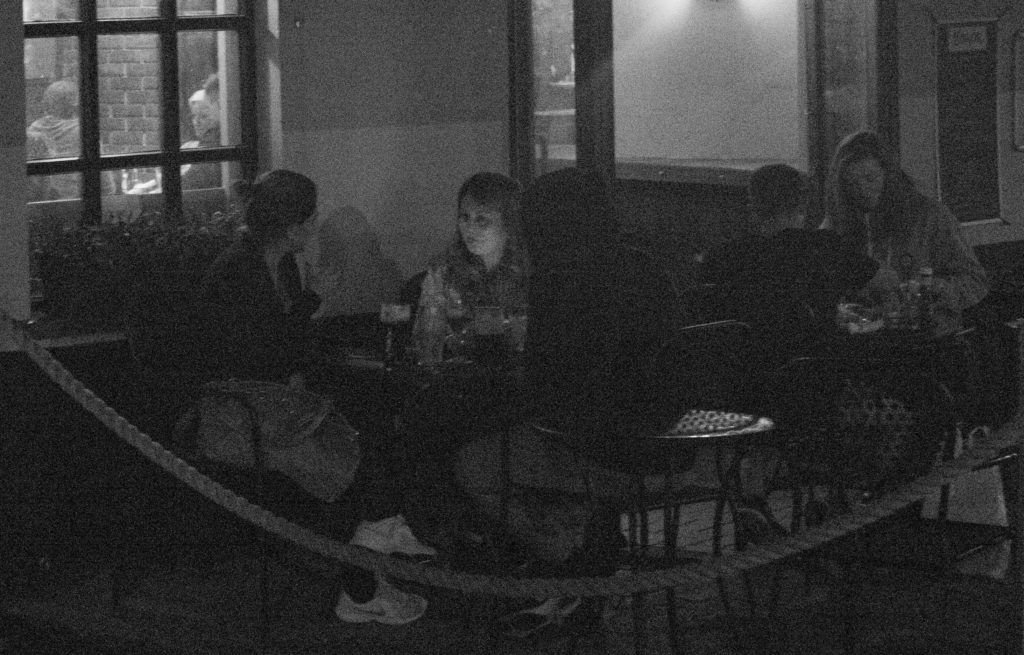
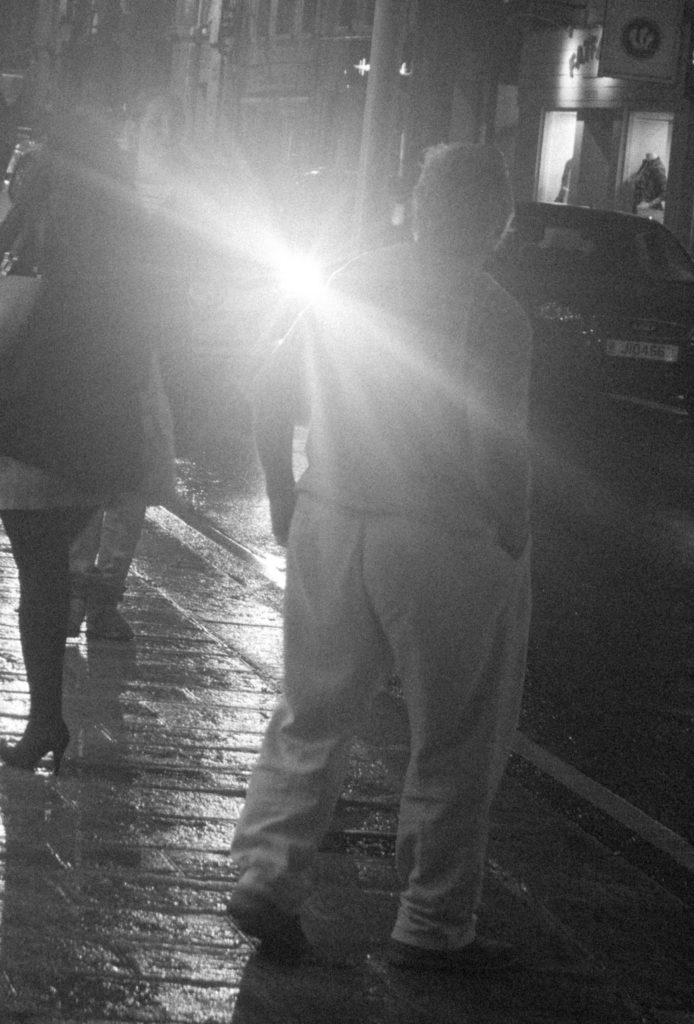


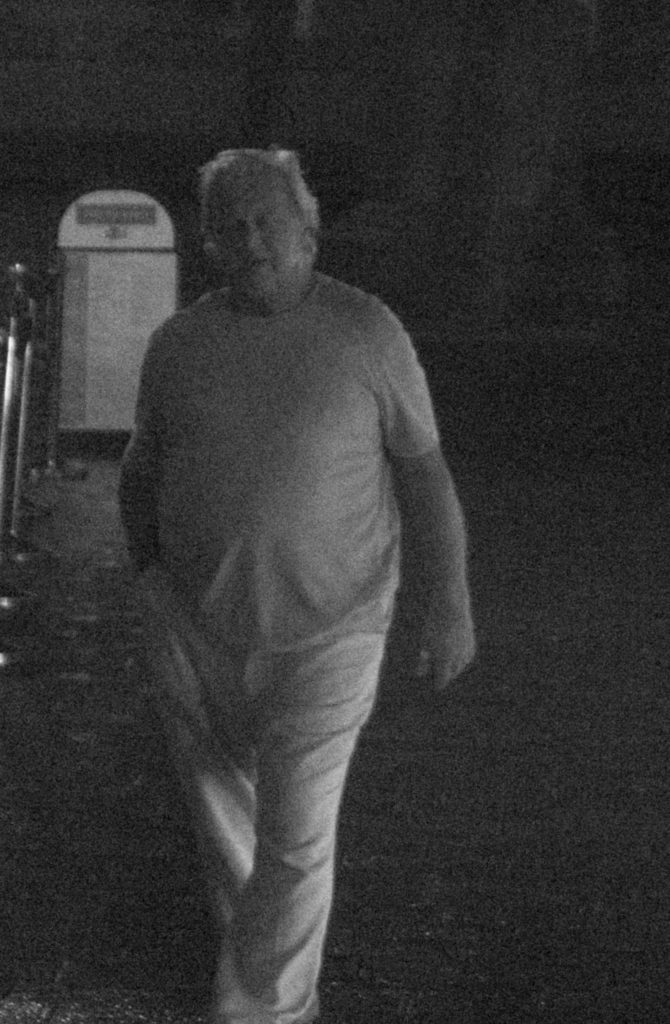
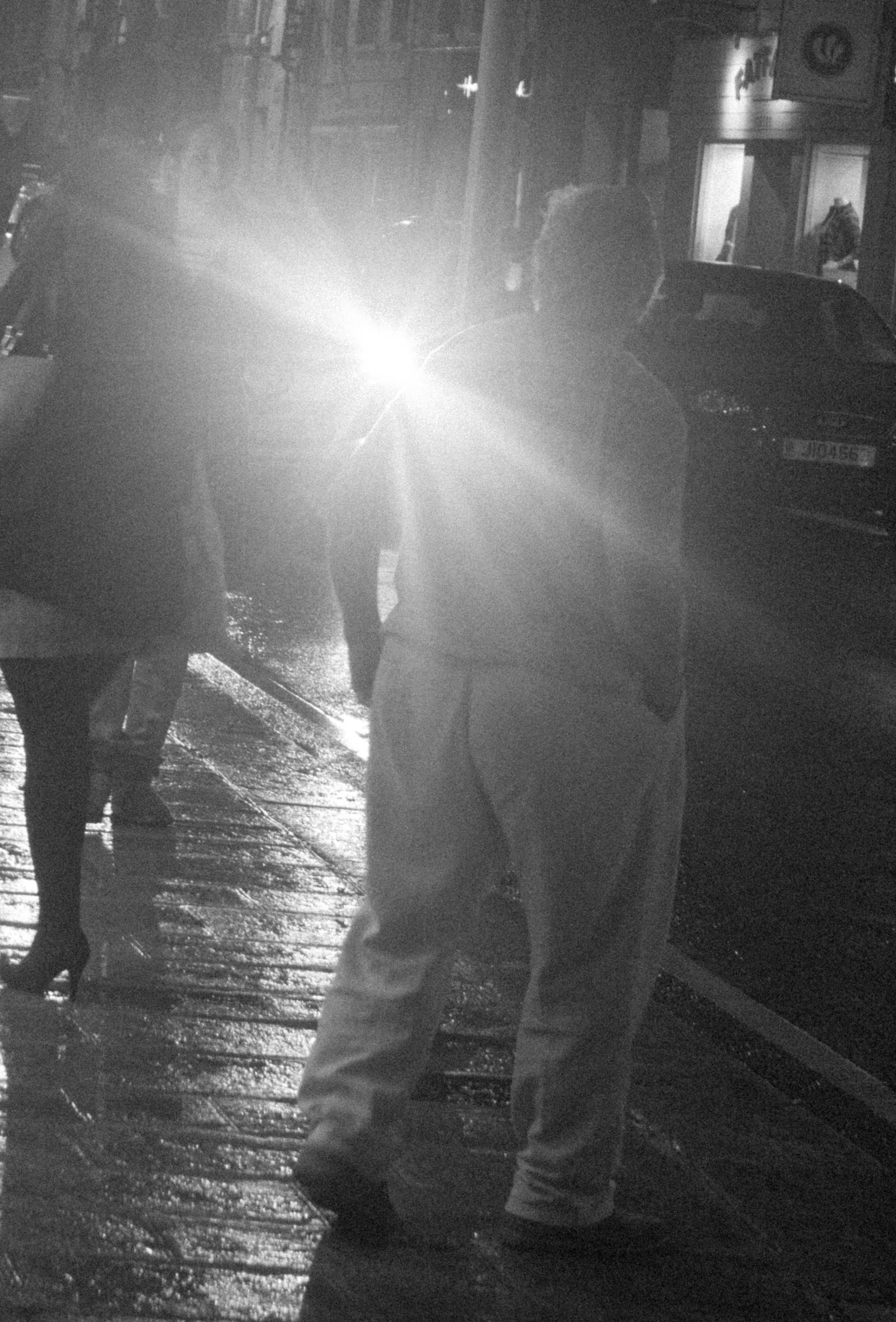
 Henrik Malmstrom is a Finnish photographer currently living and working in Buenos Aires, Argentina. Malmstrom self-published his first book in 2010, titled ‘
Henrik Malmstrom is a Finnish photographer currently living and working in Buenos Aires, Argentina. Malmstrom self-published his first book in 2010, titled ‘


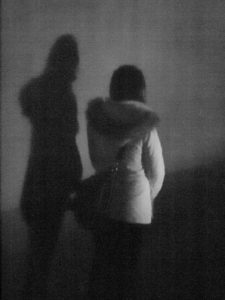

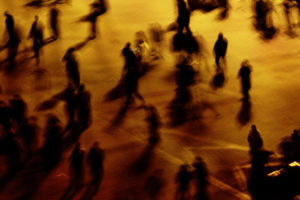

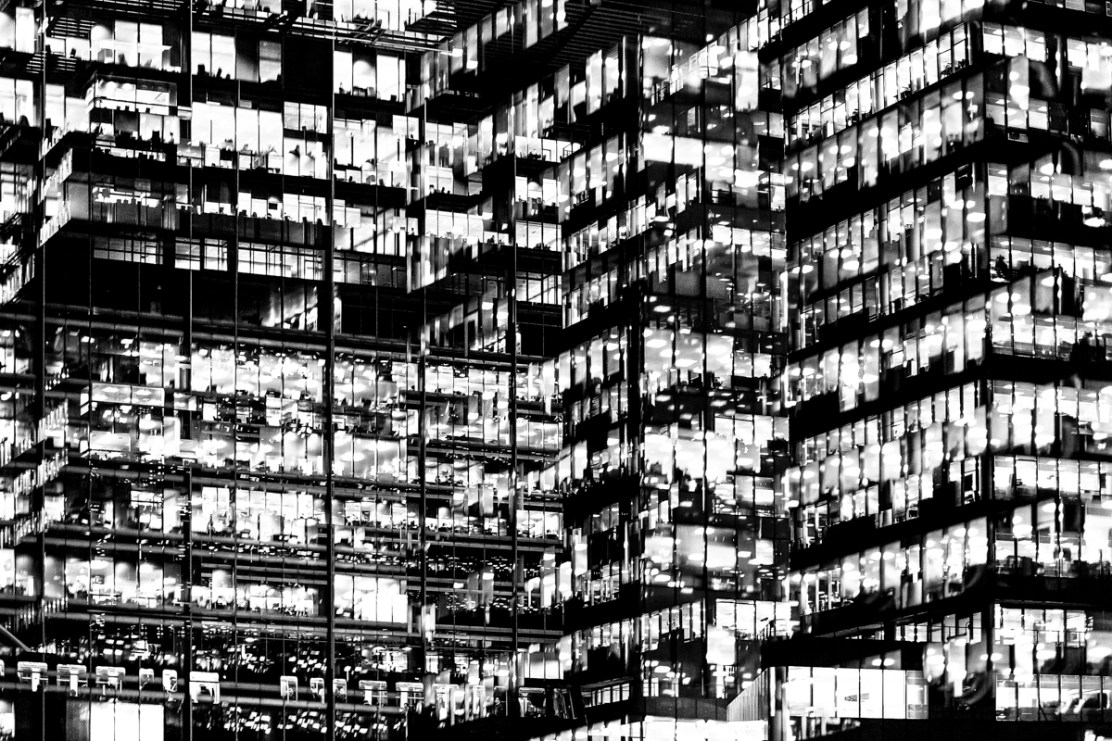 In my response to Lewis Bush I am going to be photographing the financial sector within St. Helier in both day and night and then creating a double exposure effect with these photographs in photoshop. The inspiration for photographing the financial sector comes from Bush’s ‘
In my response to Lewis Bush I am going to be photographing the financial sector within St. Helier in both day and night and then creating a double exposure effect with these photographs in photoshop. The inspiration for photographing the financial sector comes from Bush’s ‘
